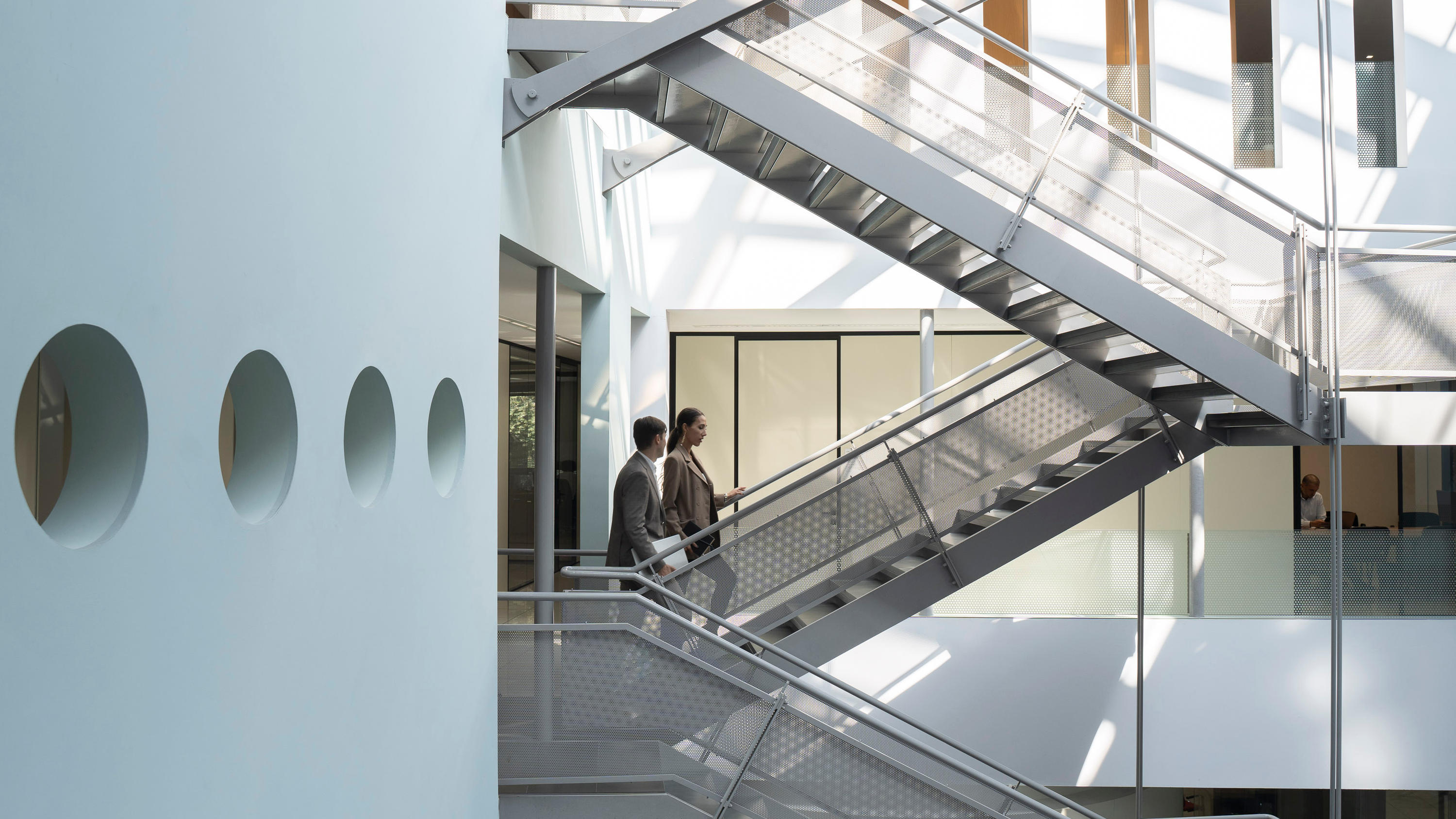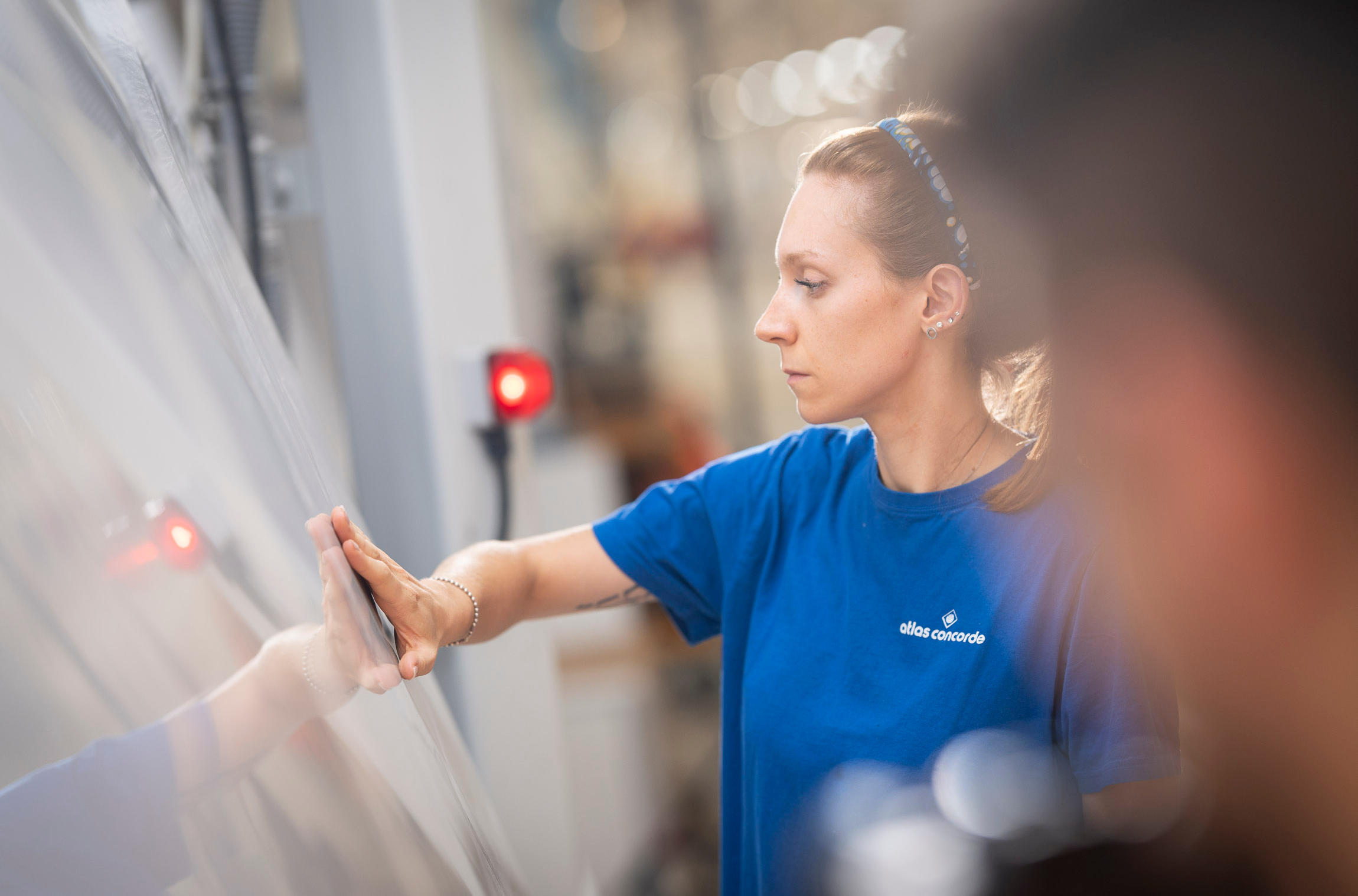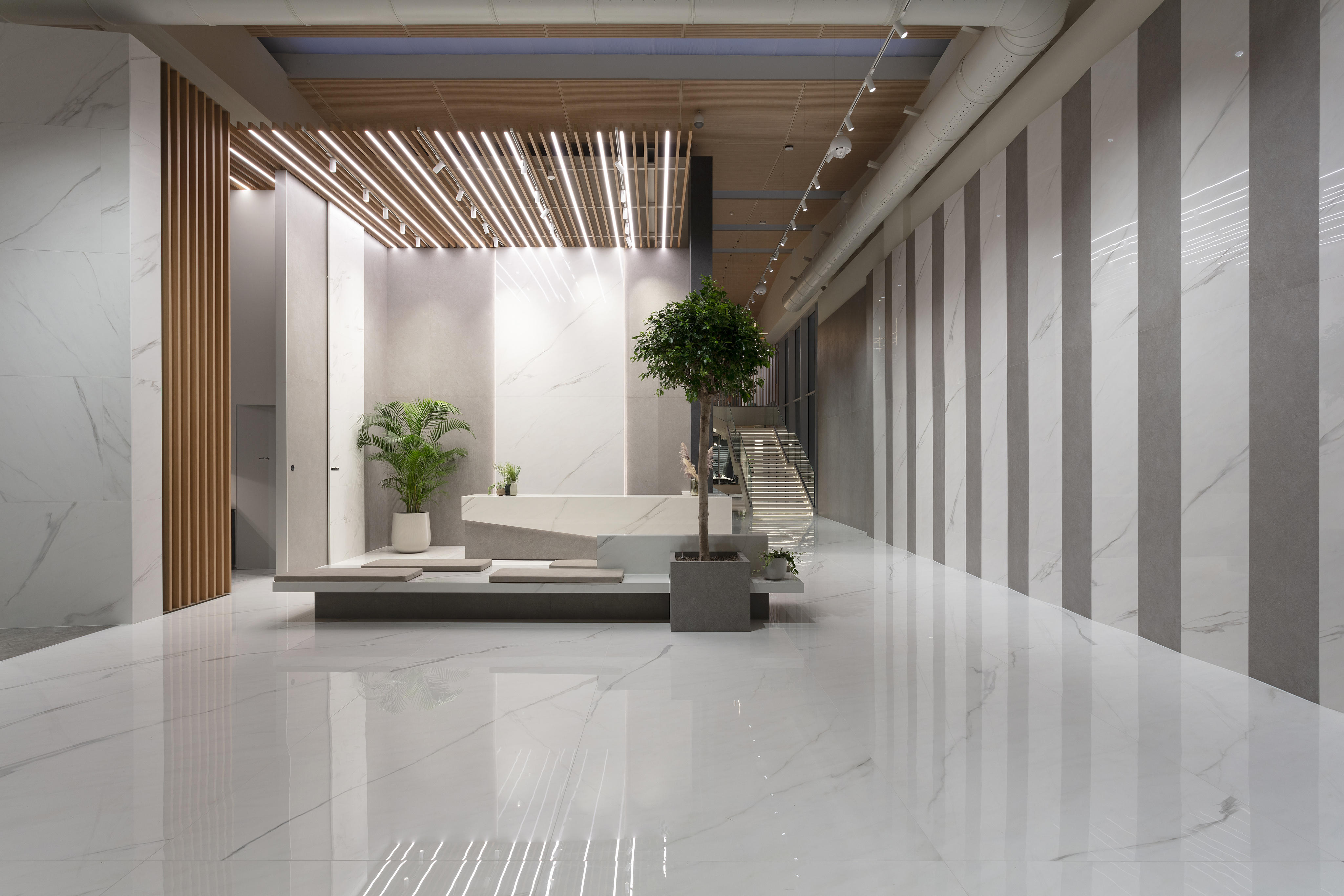The creative thinking of Dainelli Studio is recounted through an authentic storytelling of volumes, materials, and color choices.

Wellness meets design
12 December 2023
Architecture, interiors, and product design. The common thread of Dainelli Studio passes through these three dimensions, the studio having developed important public and private projects, with numerous collaborations with major furniture and contemporary design brands to its credit. We met with Marzia Dainelli to talk about storytelling in design and to have her tell us what distinguishes an interior design project dedicated to Beauty.
While recognizing that storytelling is most effective when it’s able to tell the truth in a clear, transparent manner, it’s more common for a narrative to be elaborated once a project has already been completed, often for marketing purposes, or simply to make the story even more powerful and incisive.
Indeed, when talking about design we just have to ask: how do you tell a story, and how important is knowing how to tell it? MD: It’s true, storytelling is most powerful when it’s authentic and based on the truth. If the narrative of the project is not sincere or real, it can be unconvincing. For this reason it's important that the project’s creative process be carefully developed, and that the resulting narrative remain consistent throughout. Design is often seen as a visual art, but it’s also very much about storytelling. If the story is well structured and coherent, it can help create an emotional connection between the reader and the project.
How can authenticity be found within the narrative of an interior design?
MD: Everything starts with the creative process, with an idea, with inspiration that may come from art, but also from film or literature, sometimes from a simple detail. That spark is the generative act that the whole project then flows from: it’s the very lifeblood of the narrative. A project that is born from an original, authentic idea will be unique and special. We like to think of making projects "timeless," unshackled by the fashions of the moment, but still in keeping with contemporary trends. One of Dainelli Studio's latest projects, Babette, is a space that offers a complete beauty experience. The project is situated inside a historic 20th-century building by Piero Portaluppi in the heart of Milan. Designed like a feminine, precious treasure chest, the beauty room is an opportunity to explore the identity of a place that redefines the very idea of spaces dedicated to beauty.
What’s behind this intricate project dedicated to beauty?
MD: First and foremost, there’s a desire to create a welcoming environment, where "feeling good" goes beyond simple body care. This requires meticulous attention to detail to create a space that invites you to carve out a moment for yourself and your beauty. The challenge is to be able to create a functional, enjoyable space, ensuring that each piece of furniture is well integrated into the overall vision of the project.
Porcelain tiles, metal, colors, lights, slatted paneling, velvet curtains. A symphony made up of many spirits intertwined in the story of the Babette project.
How and from what came the choice of each individual material that you combined in a harmonious, complementary mix and match?
MD: Babette was designed as a precious treasure chest with a homey feel.
This was made possible by the choice of tones and materials capable of conveying an elegant, soothing ambiance, like the use of marble-effect porcelain tiles, antique pink on the walls, and rose gold for the details. At the same time, arched openings, paneling, and the softness of velvet create a cozy, warm environment. Strategic lighting fixtures highlight certain areas of the room, creating a soft, relaxing atmosphere. This balanced mix of elements gives the project a unique, authentic identity, setting it apart as a place dedicated to beauty and feminine care.

Fondé en 2007 par Leonardo et Marzia Dainelli, Dainelli Studio est un cabinet d'architecture basé à Milan qui a une double âme : le design de produits et d'intérieurs. Le cabinet a été initialement établi à Pise, au cœur de la Toscane, où Leonardo et Marzia ont vécu et travaillé pendant plus de 12 ans avant de s'installer à Milan. La nature, les carrières de marbre, la culture et le savoir-faire artisanal, typiques de cette région marquent une forte empreinte dans le style de conception du cabinet. La recherche continue sur l'image et la forme - un aspect distinctif de Dainelli Studio - conduit à des résultats concrets de design raffiné, basé sur des proportions parfaitement calibrées et l'harmonie entre les formes, les matériaux et les finitions. Chaque projet incarne une profonde culture du design et une connaissance des techniques de production industrielle et du savoir-faire artisanal. La capacité de dialoguer avec l'environnement et avec le produit individuel permet de créer chaque élément nécessaire à la réalisation d'un projet entièrement personnalisé : de l'objet sur mesure à l'aspect total d'un habitat complet.
Crédits photos : Carolina Gheri
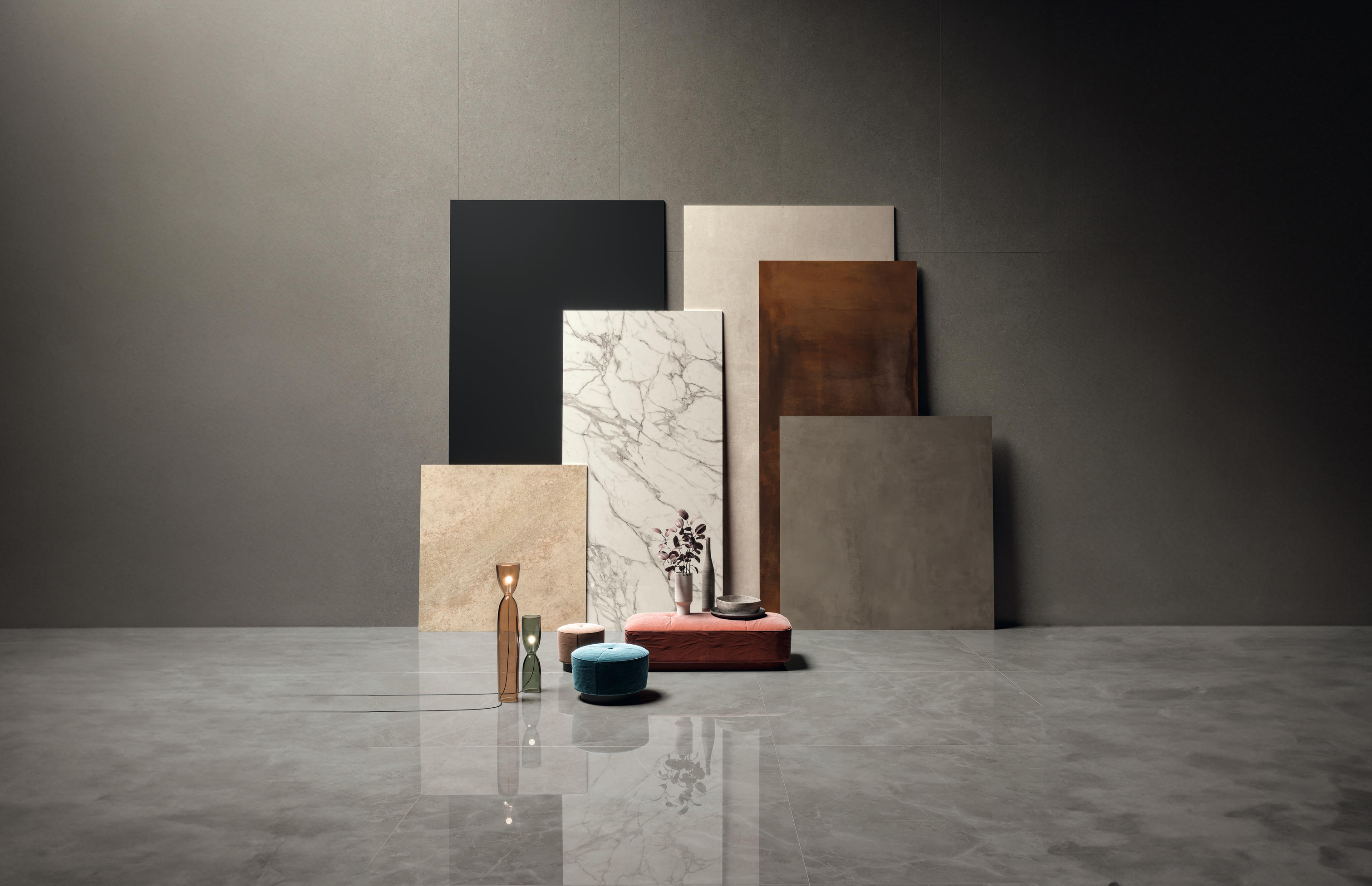








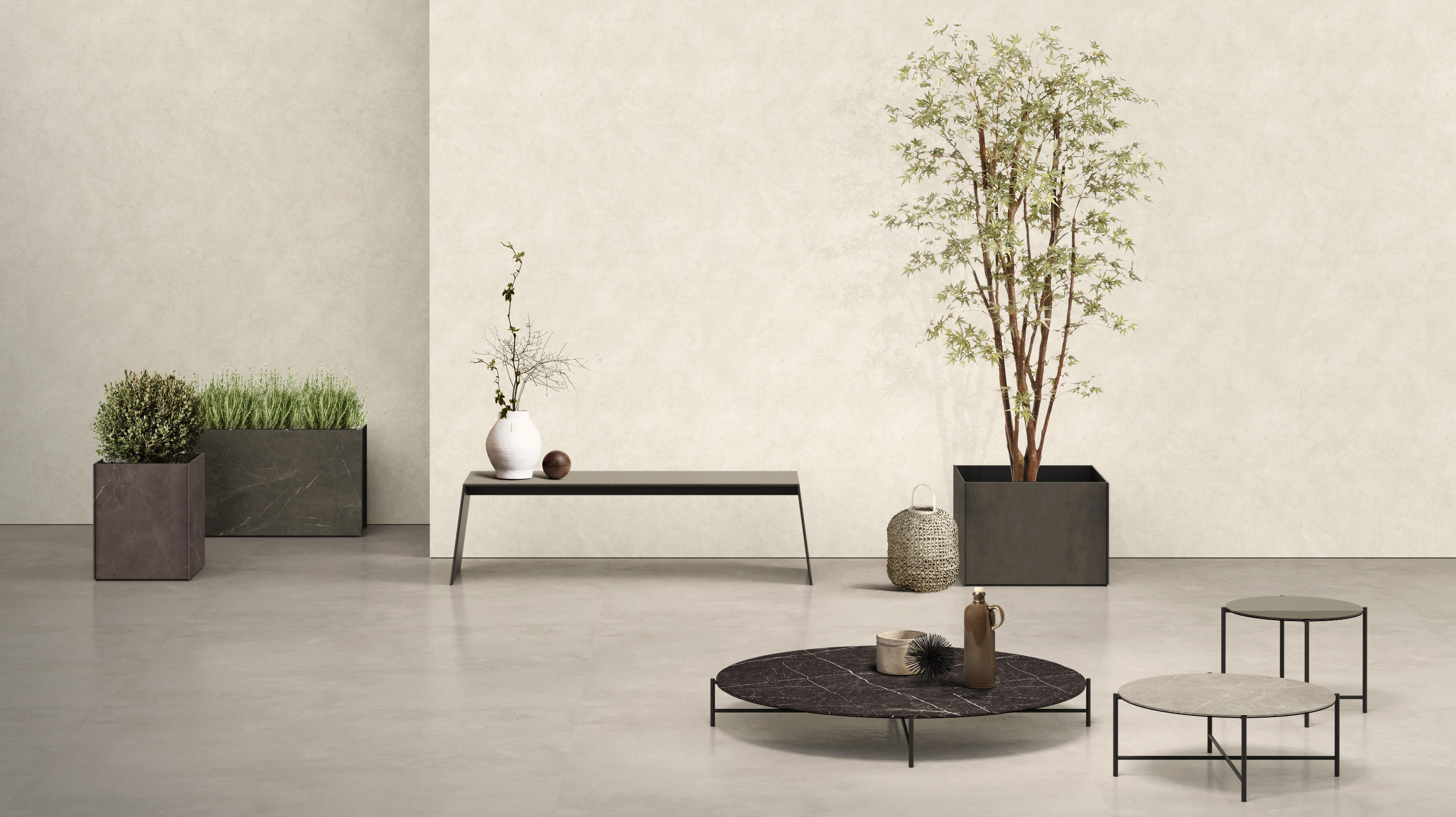



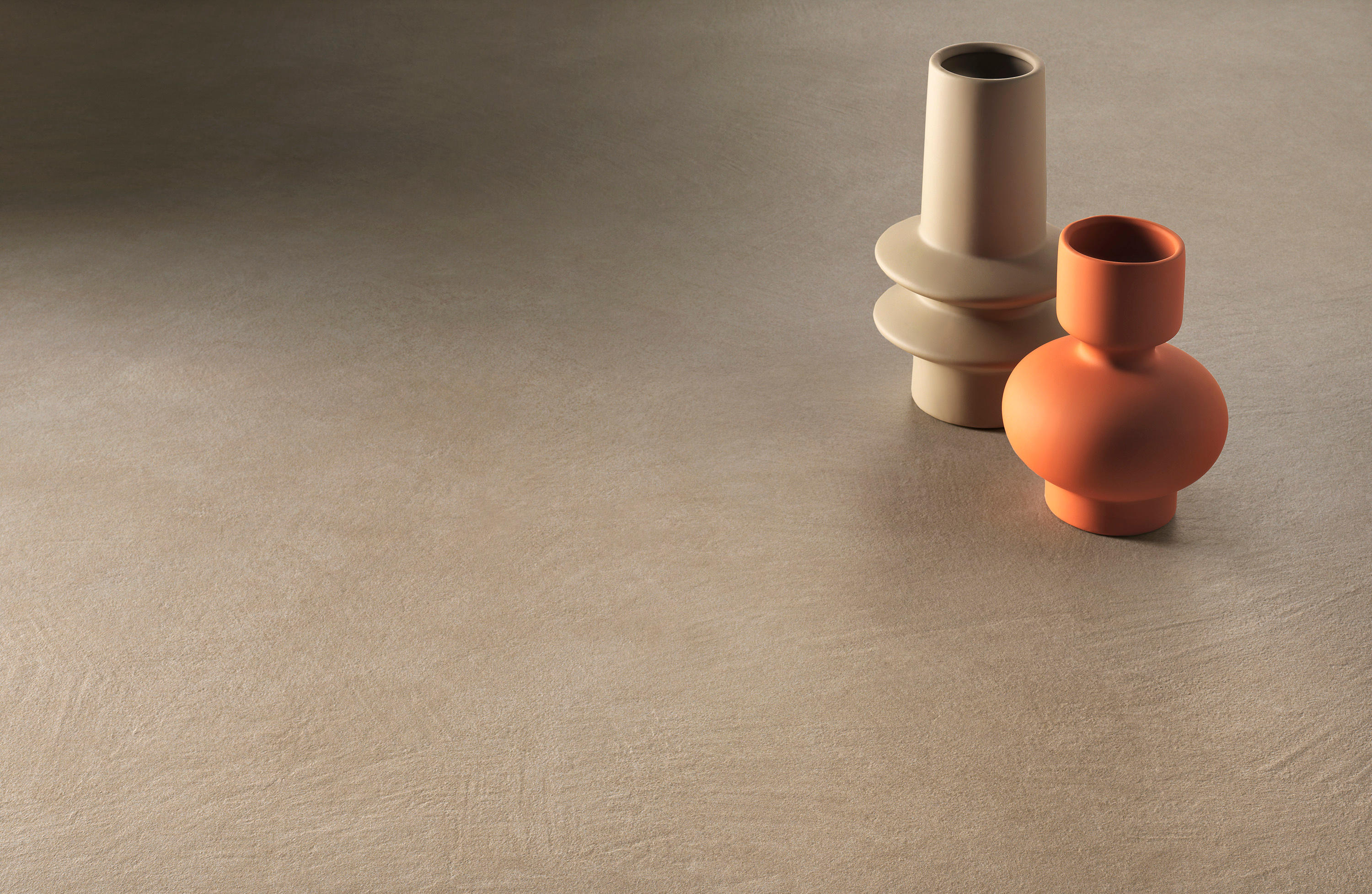
























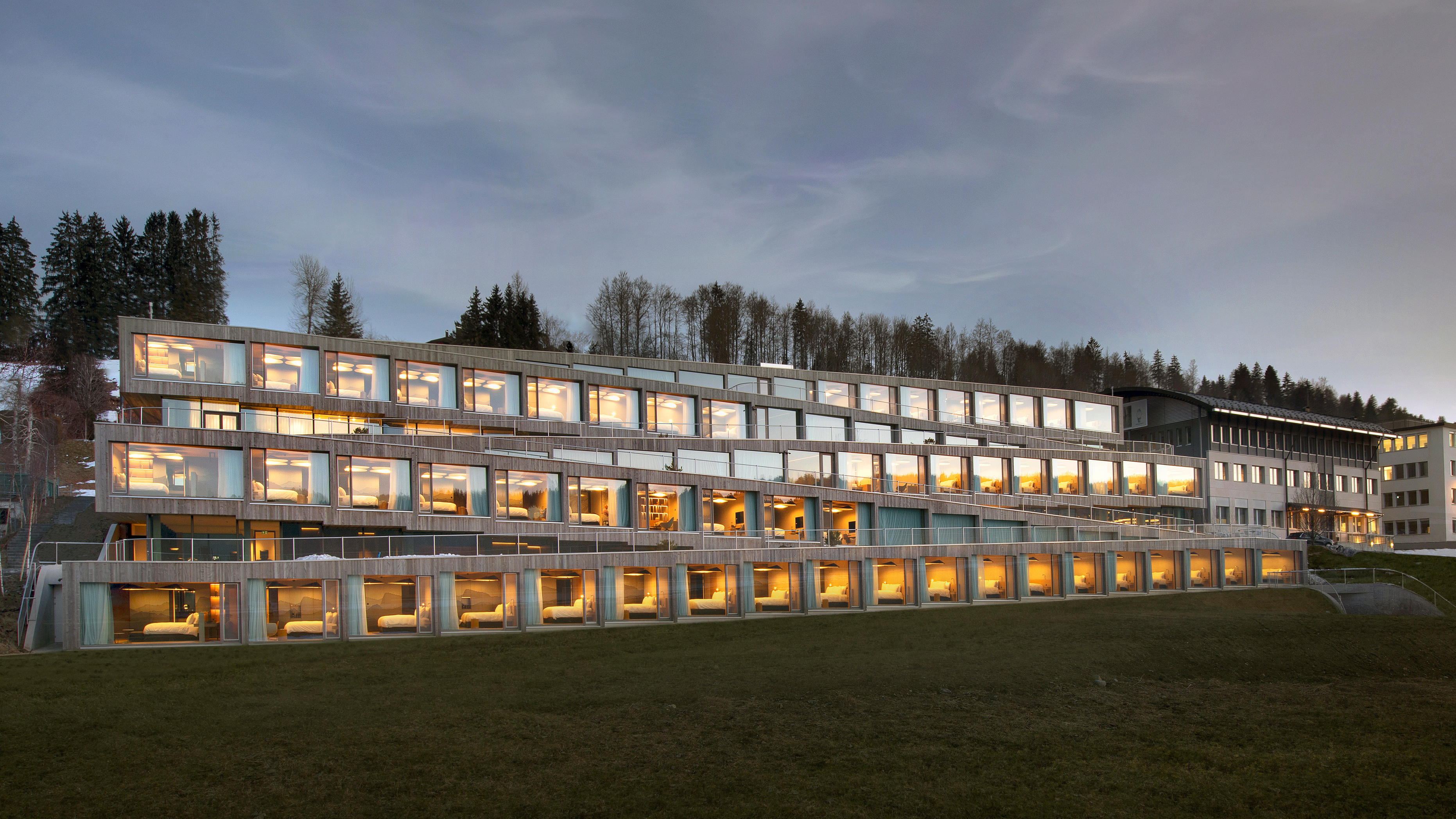
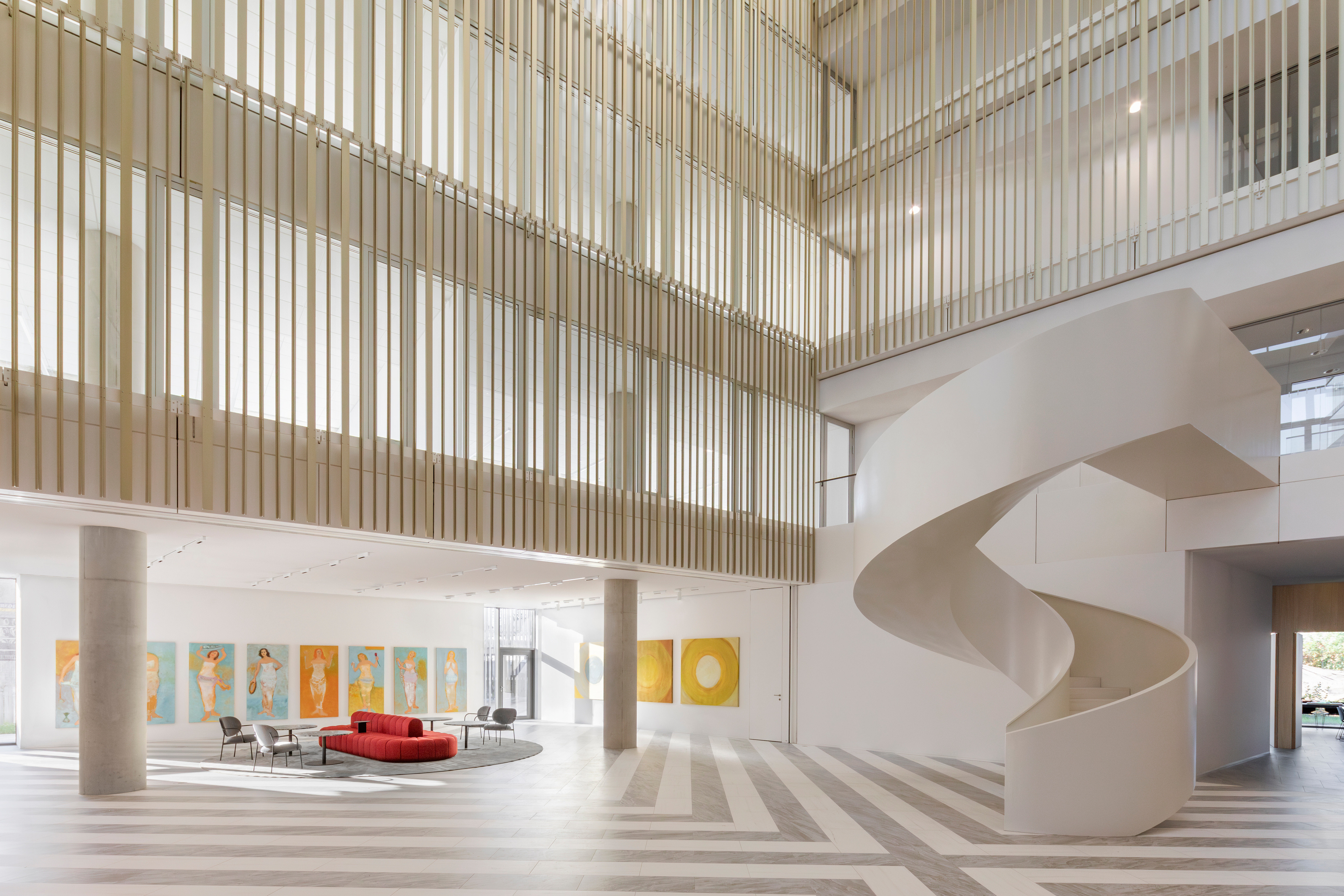.jpg?cropw=4096&croph=2654.2479700187387&cropx=9.695217308093677e-13&cropy=76.7520299812622&cropmode=pixel&quality=75#)
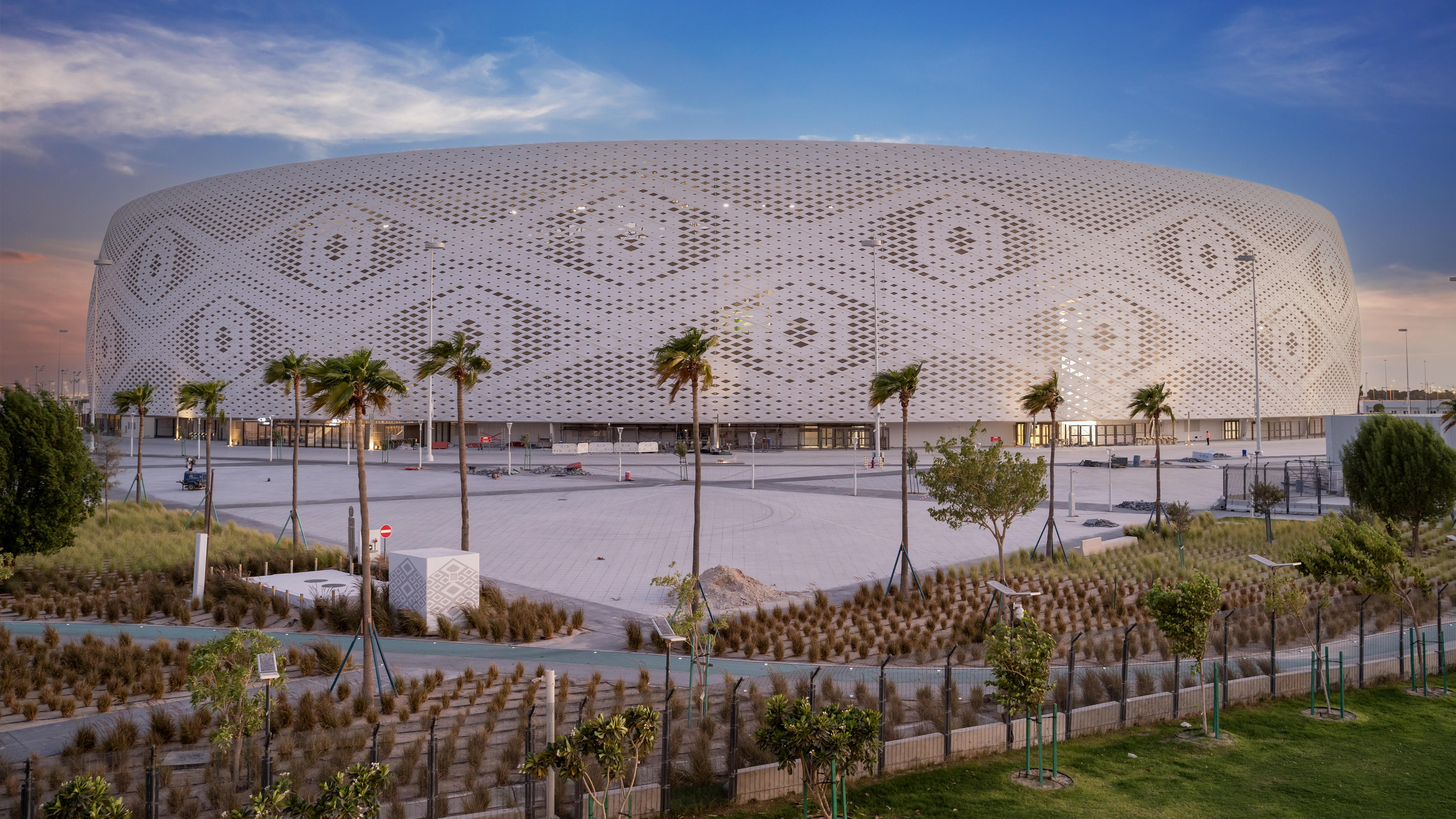









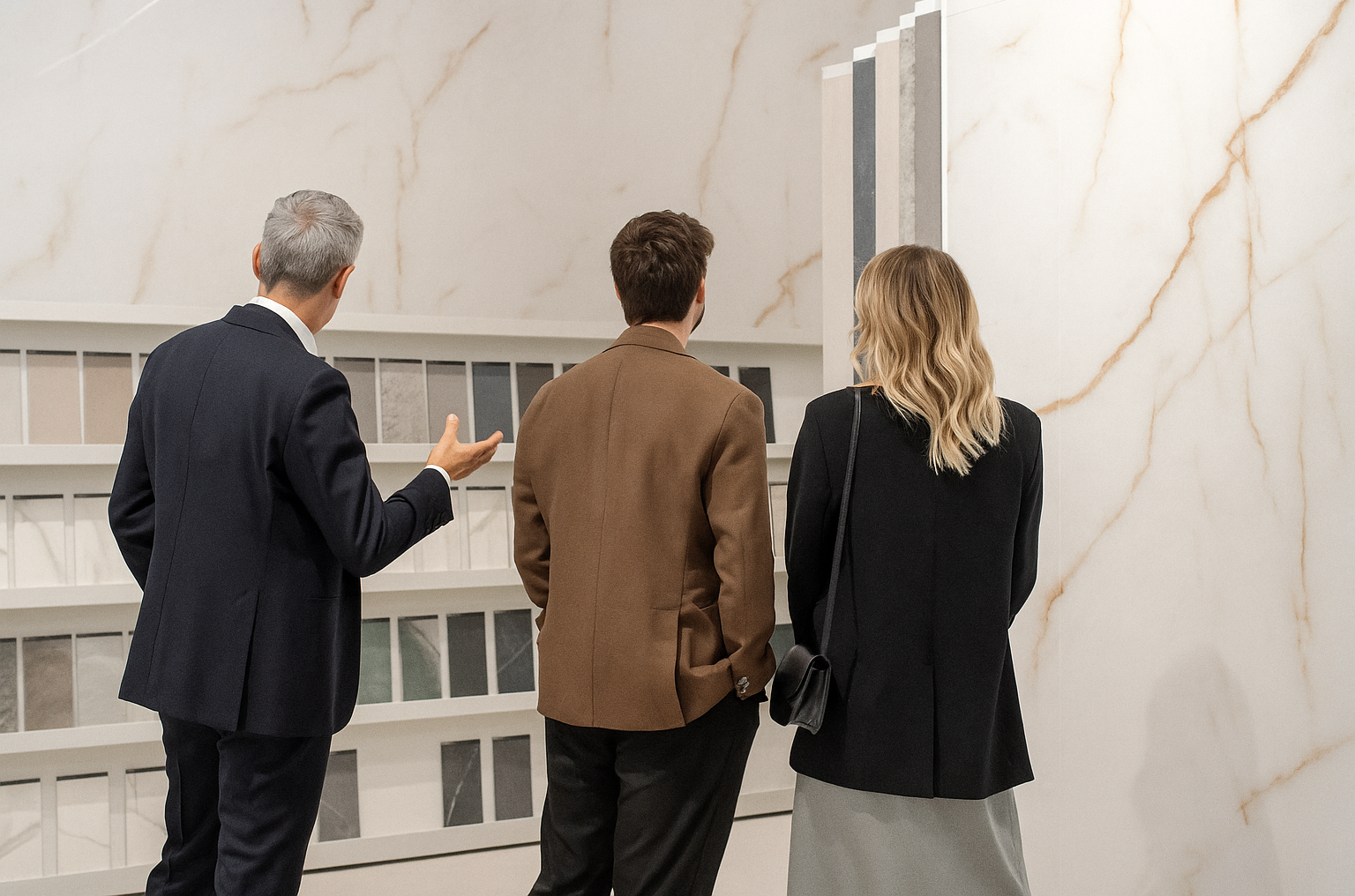
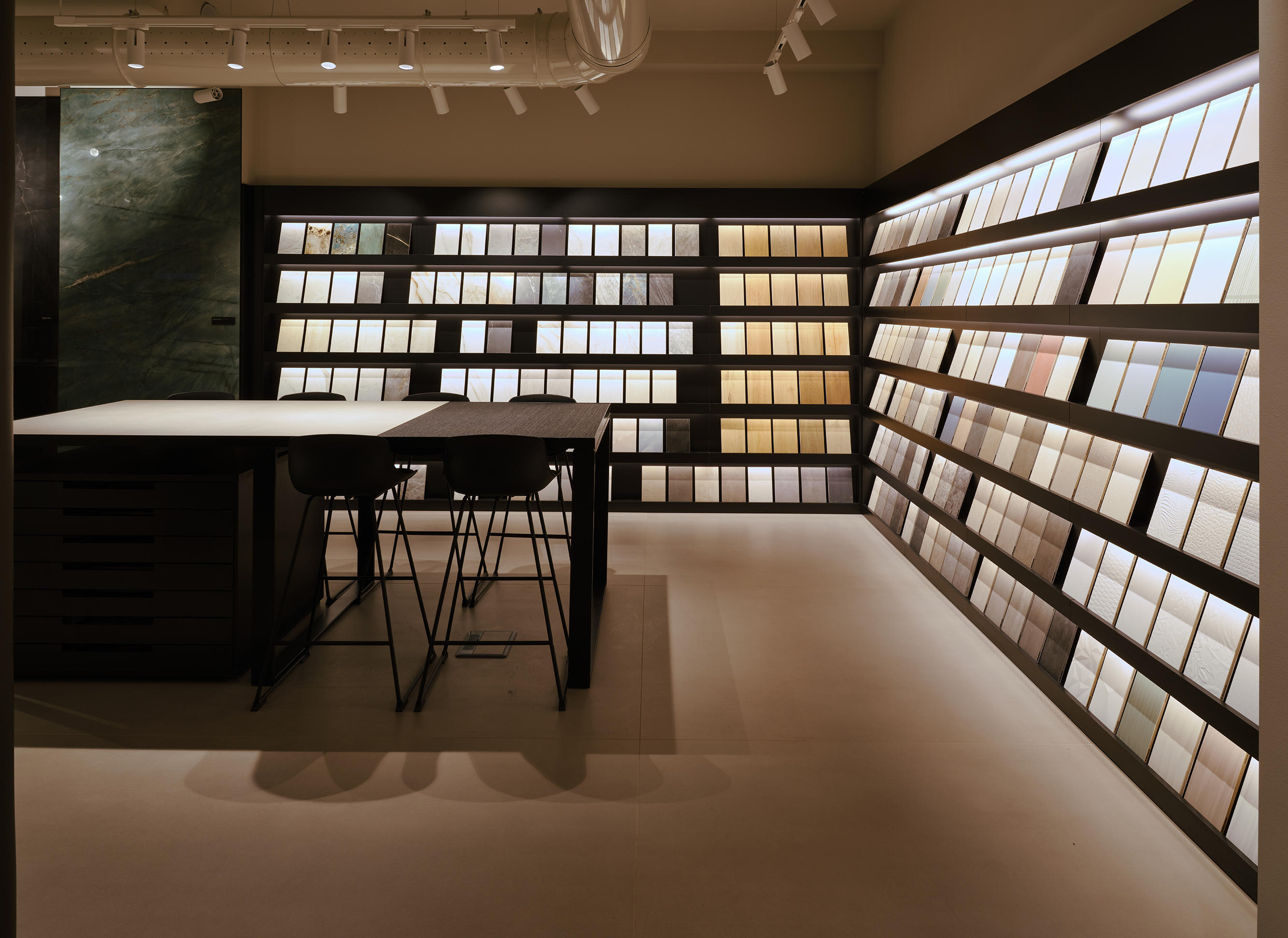
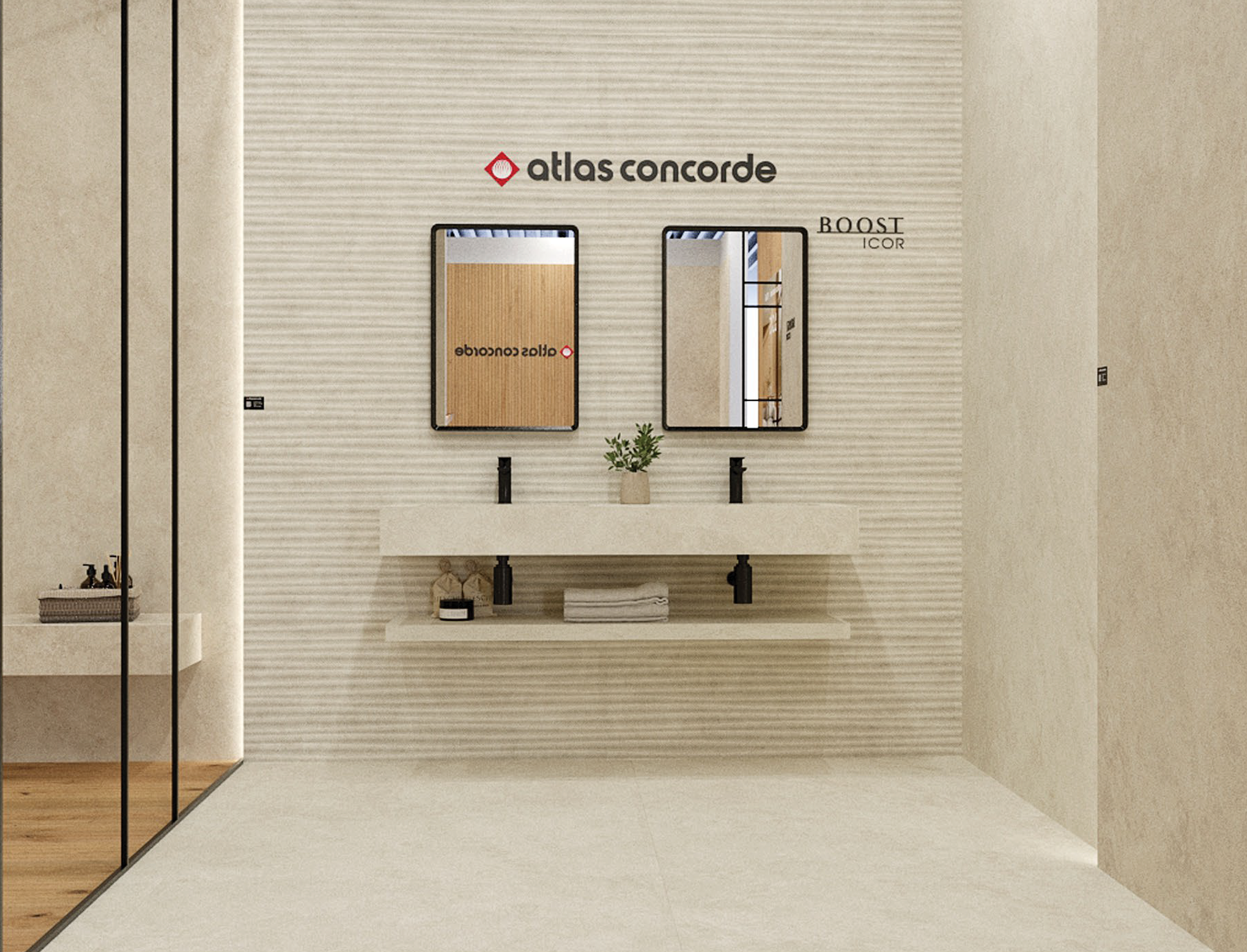
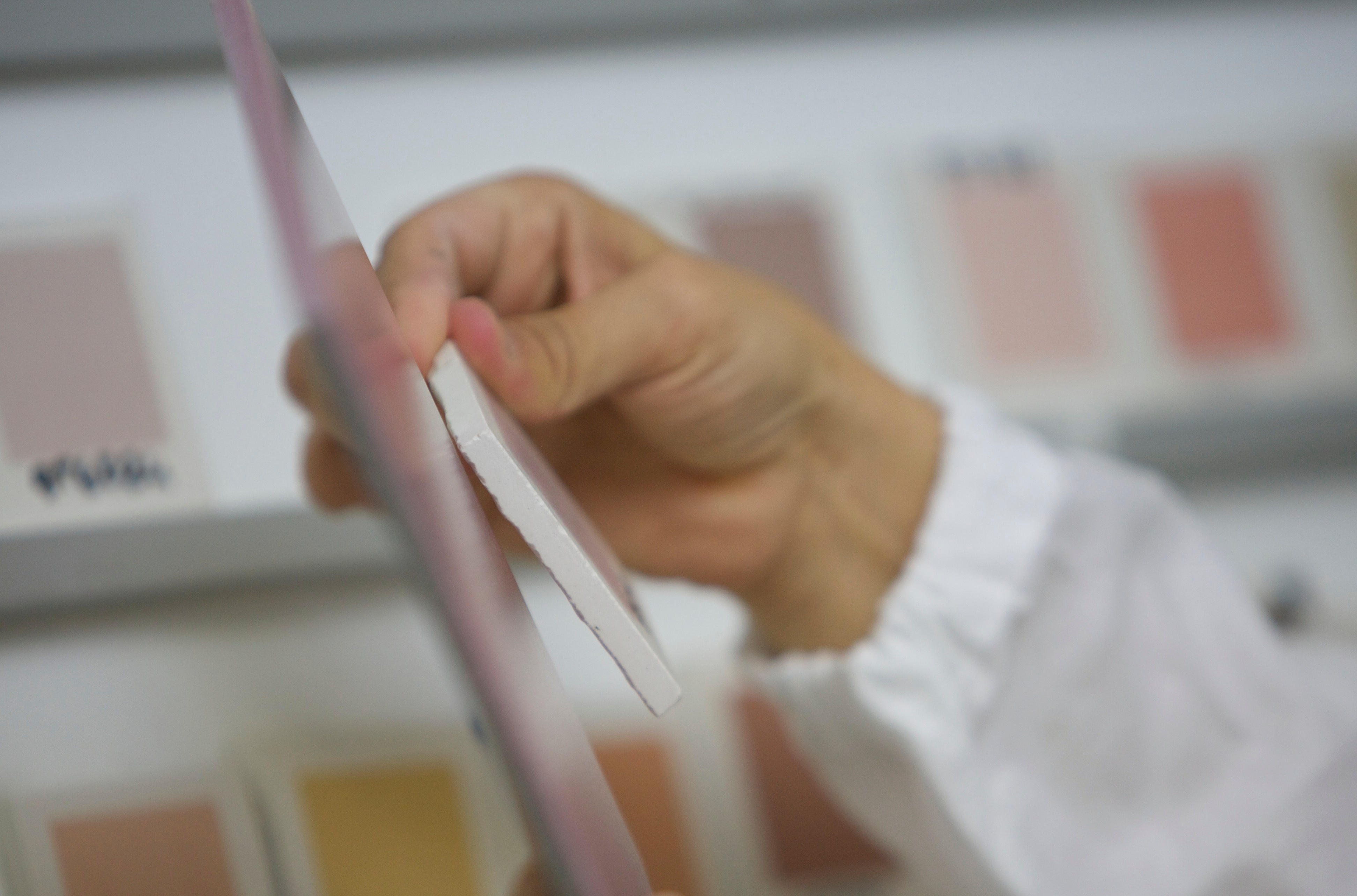
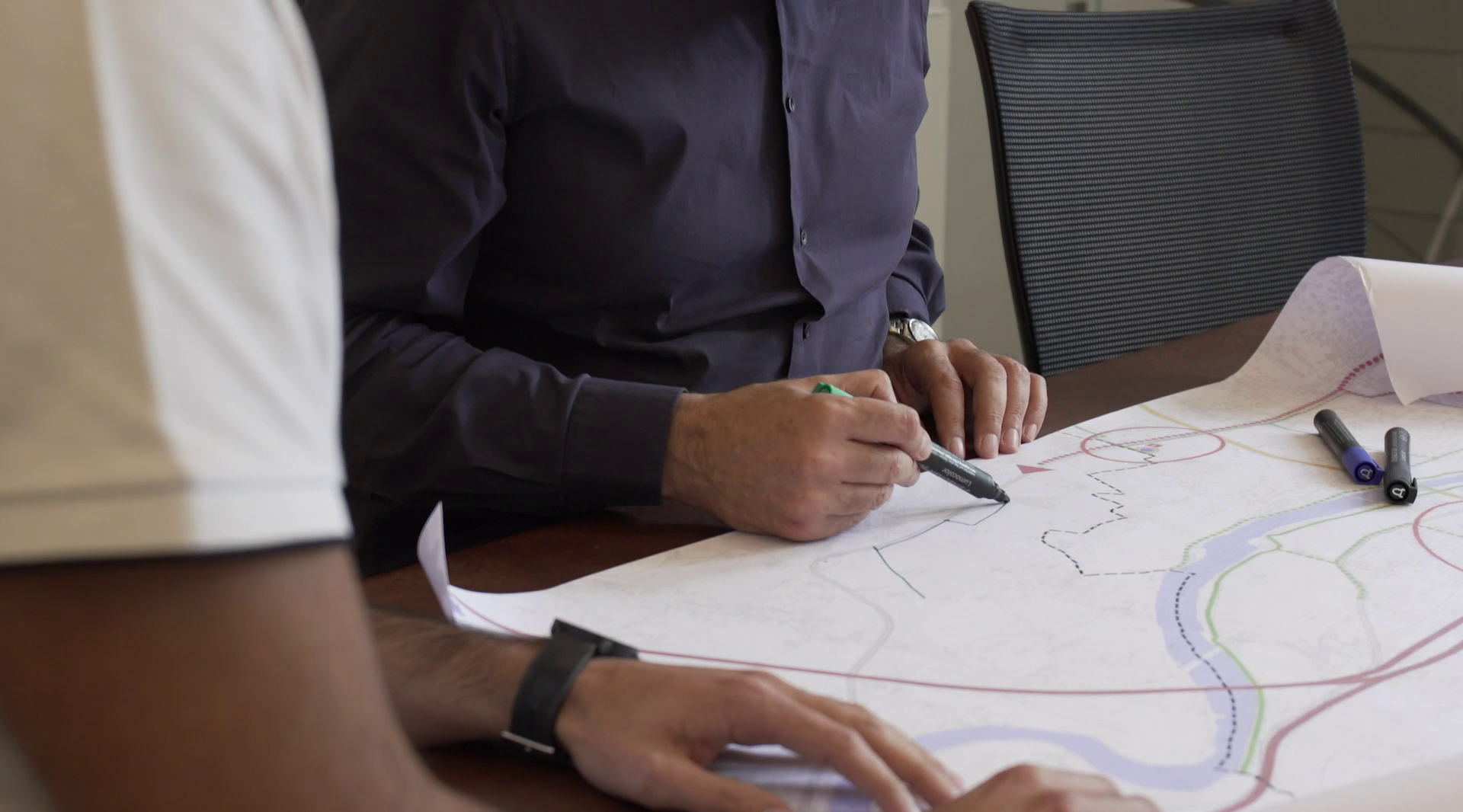

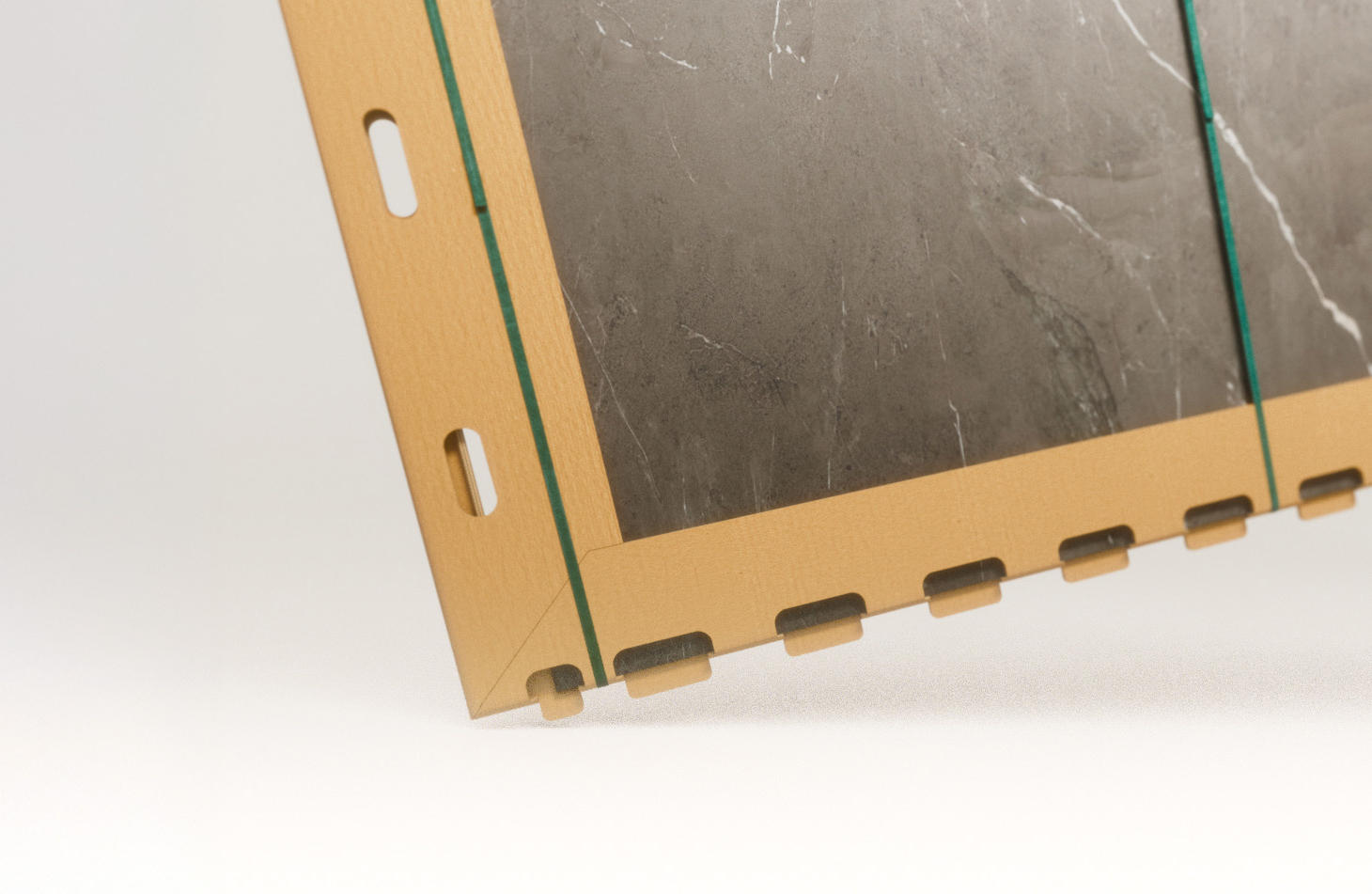

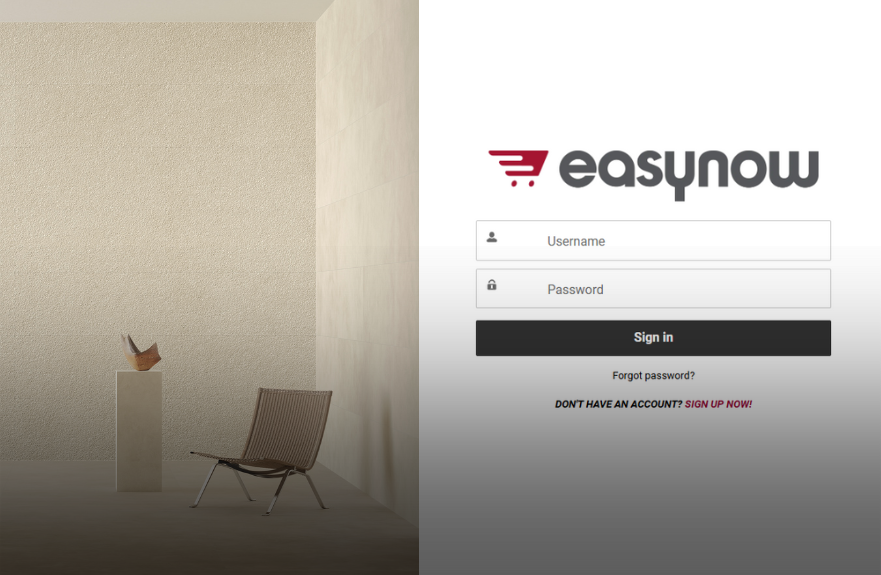

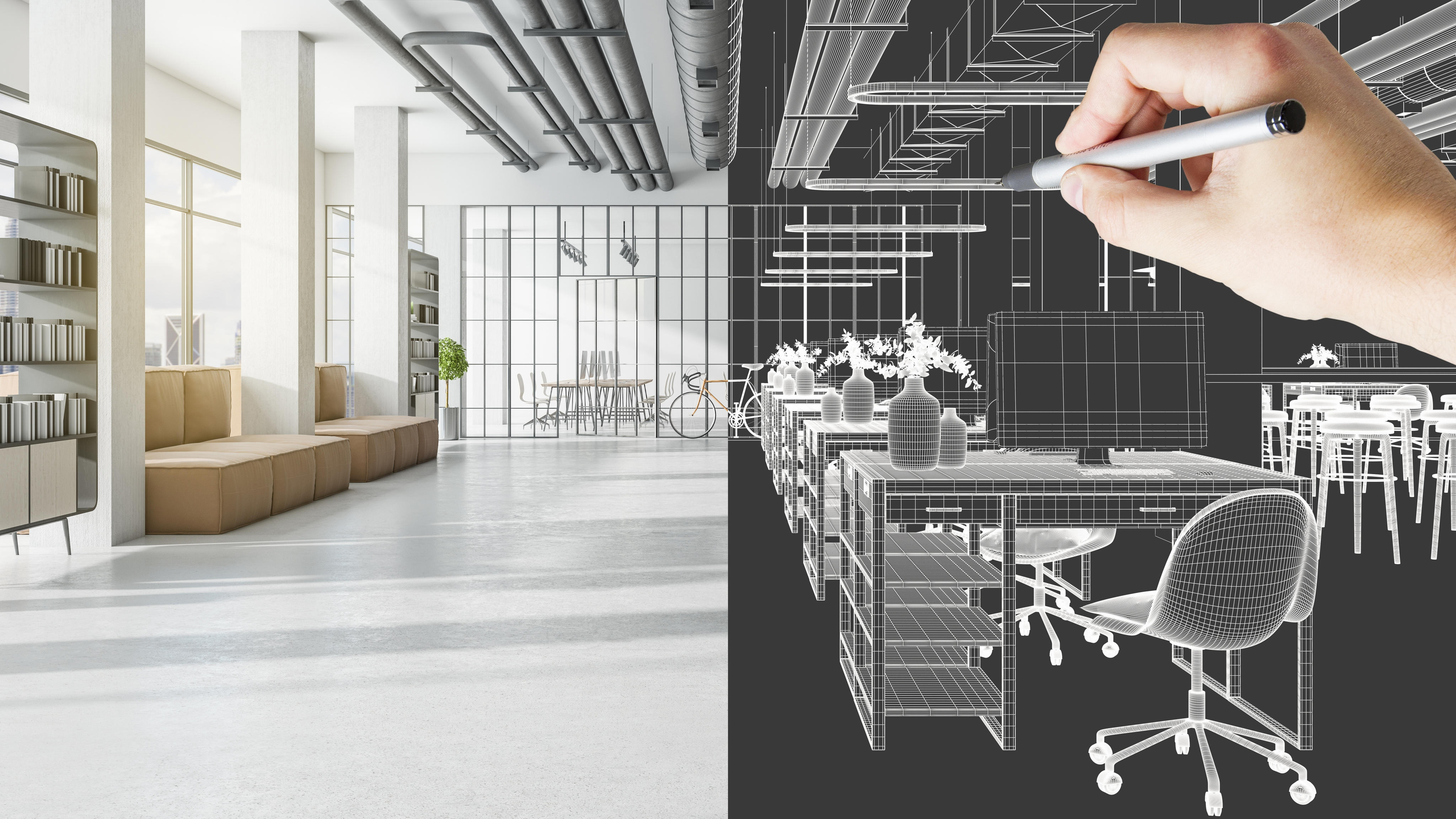
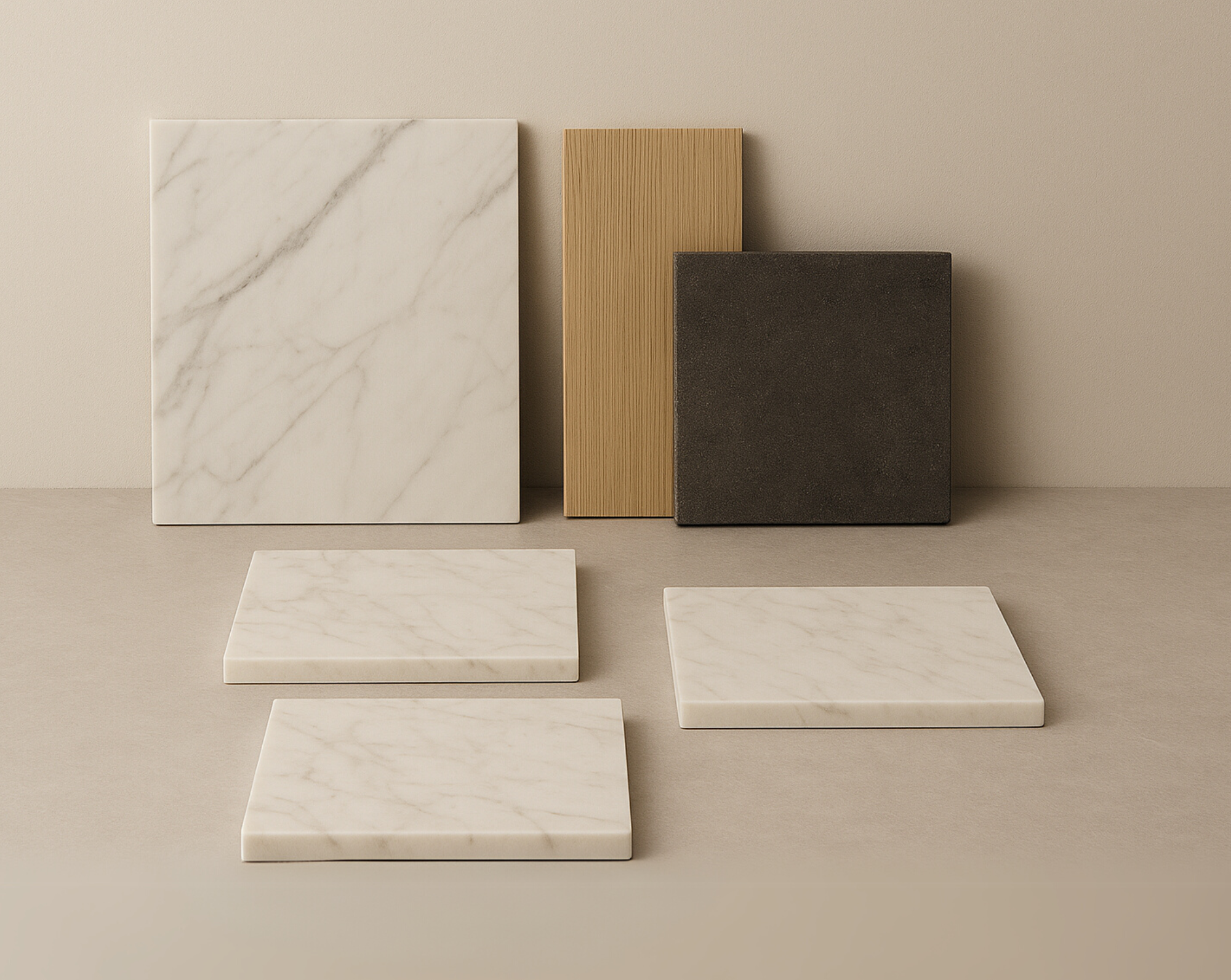


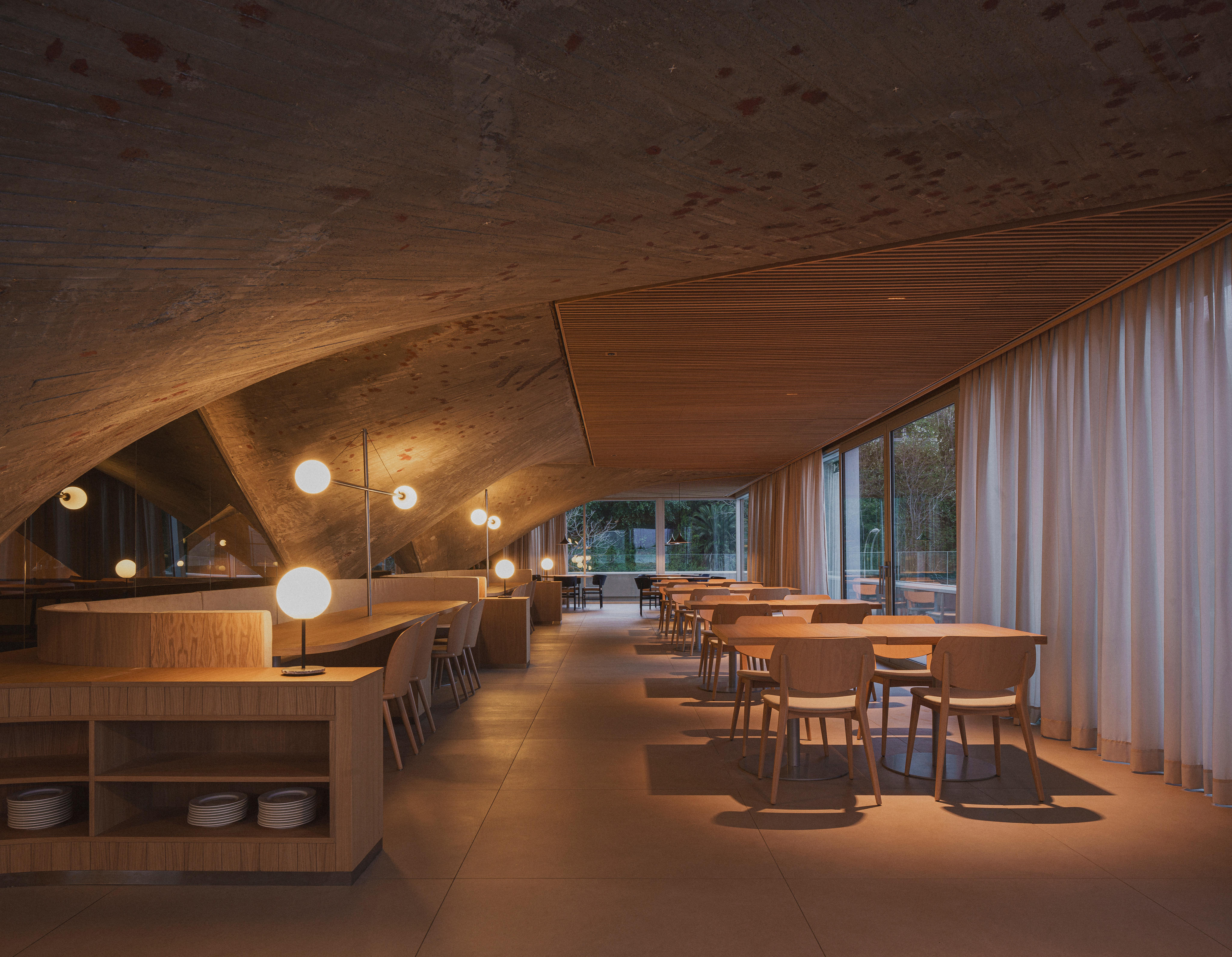

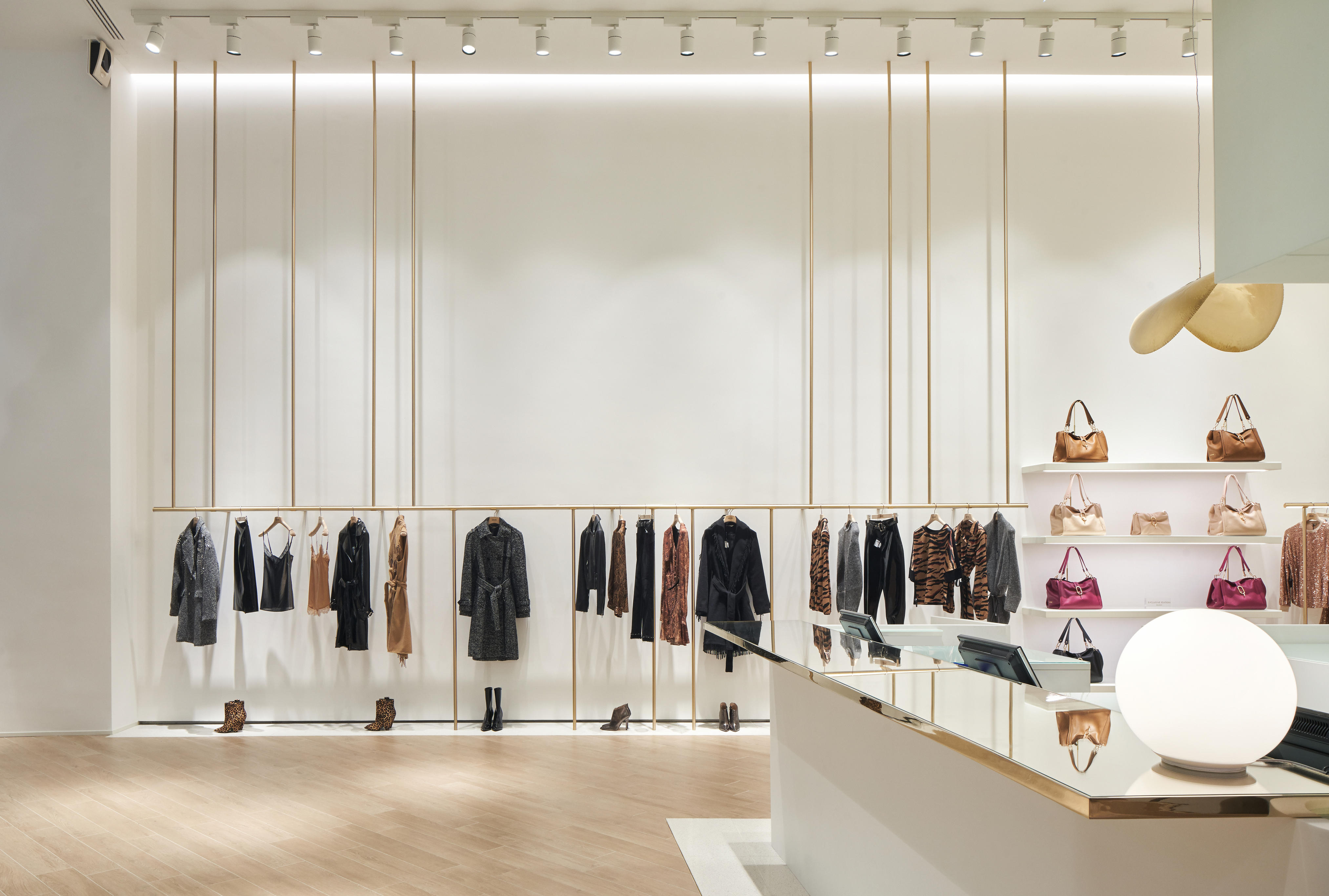
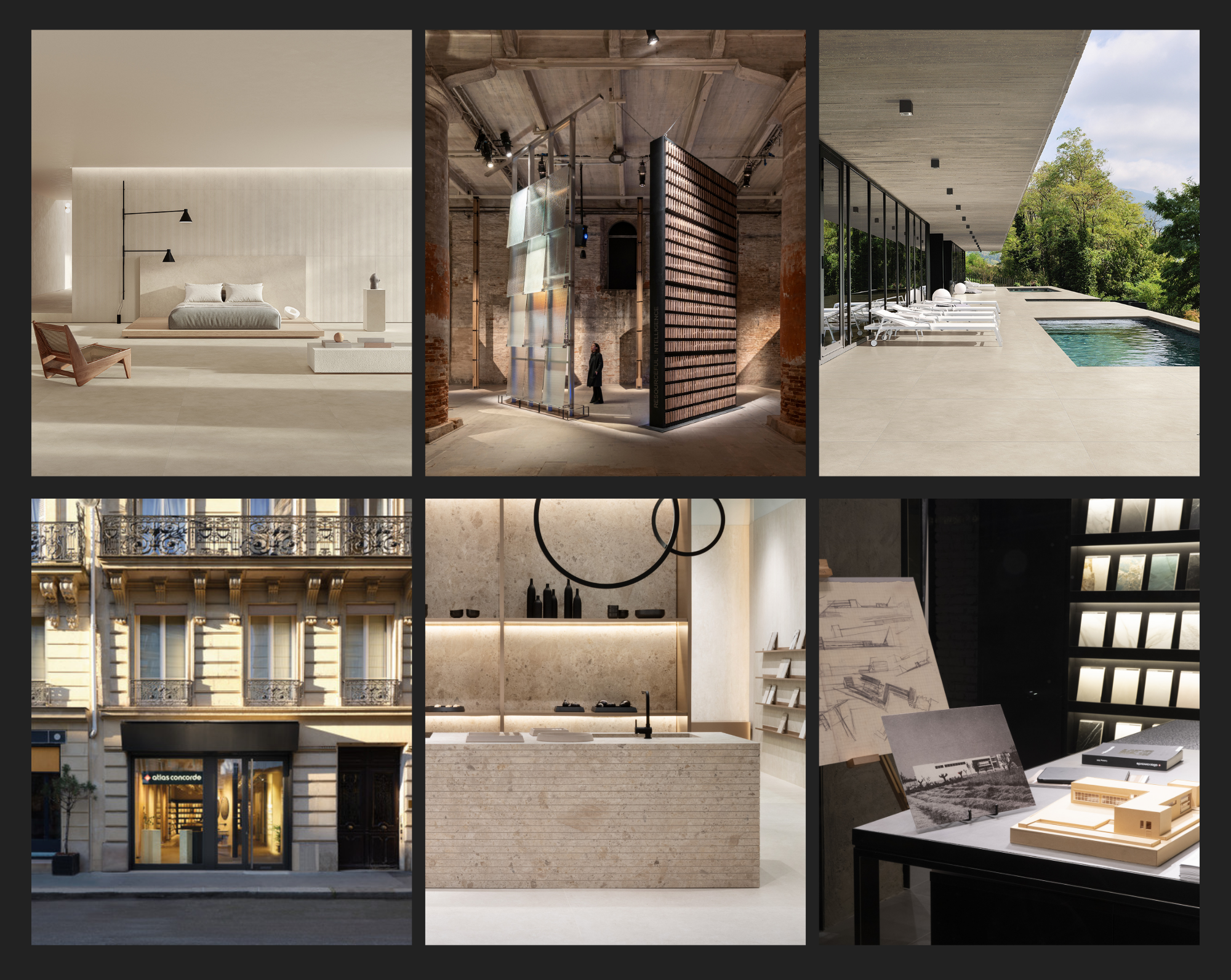
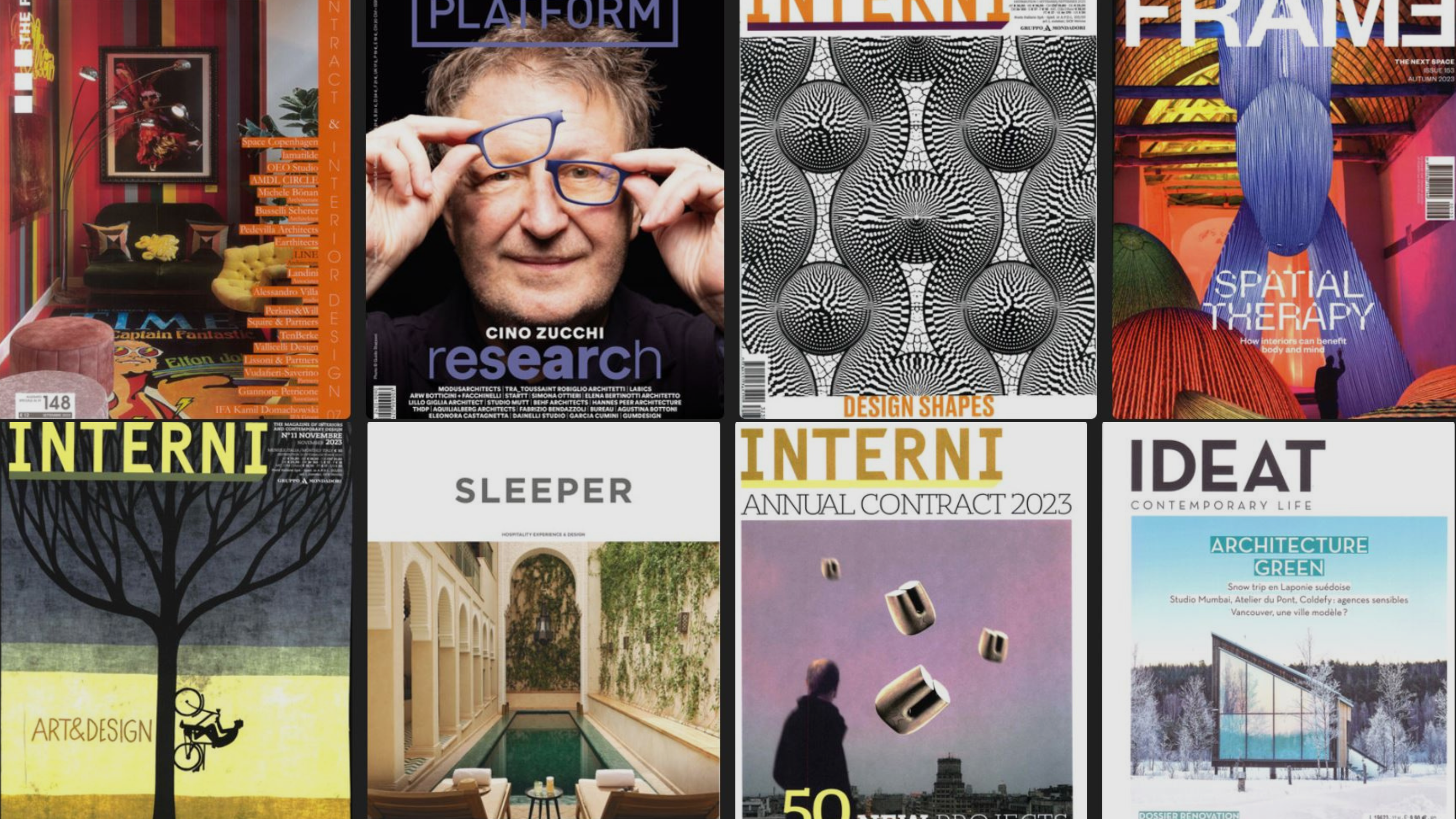
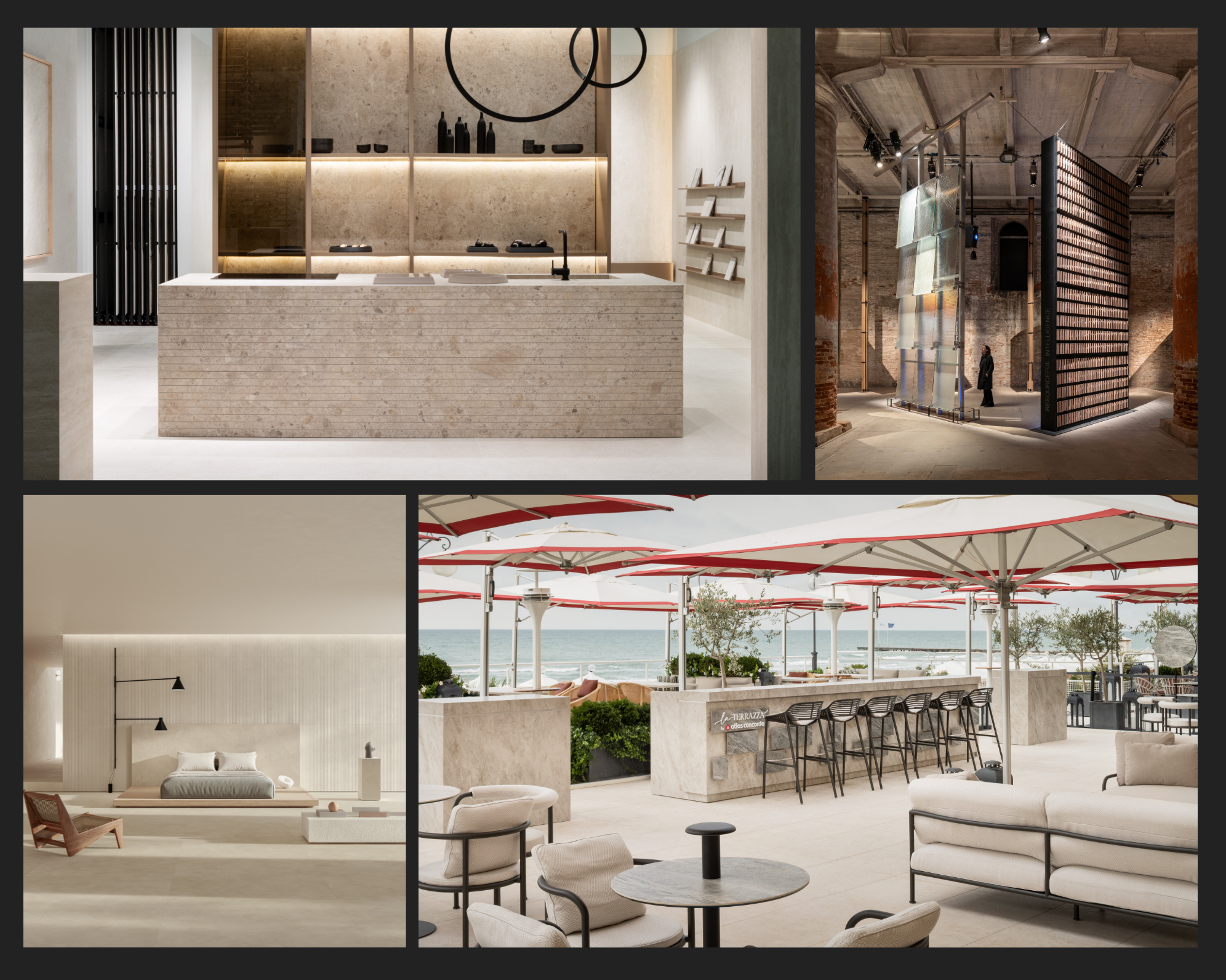
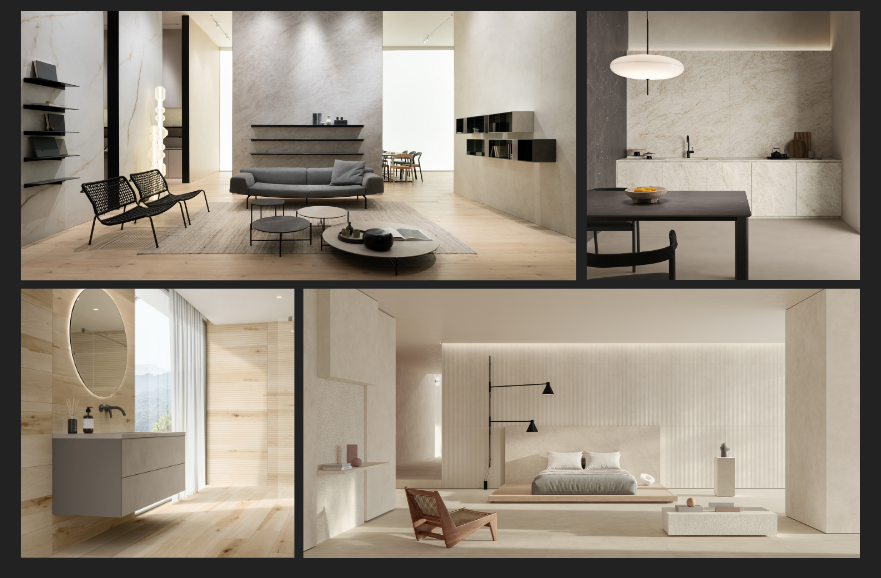
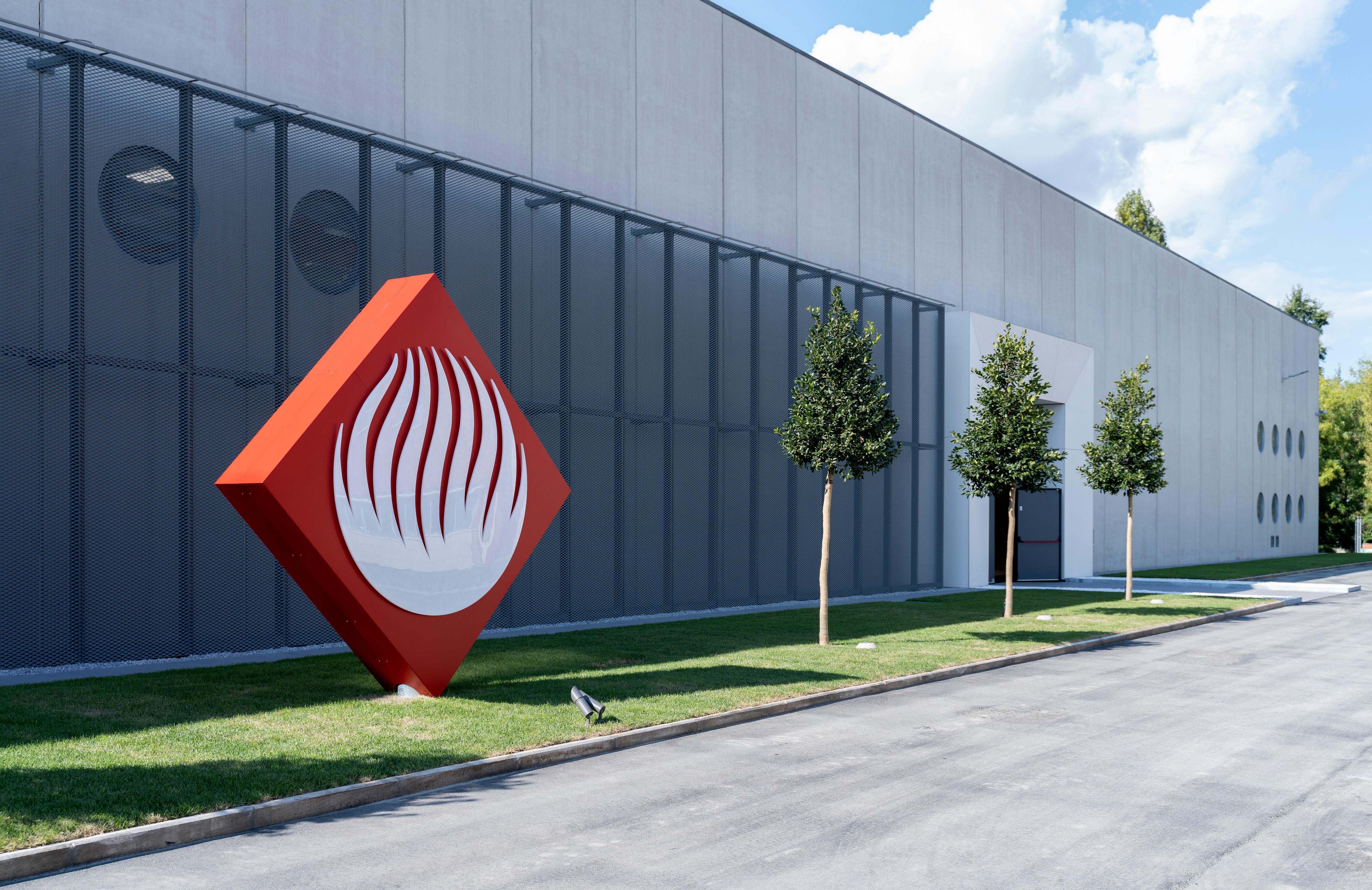
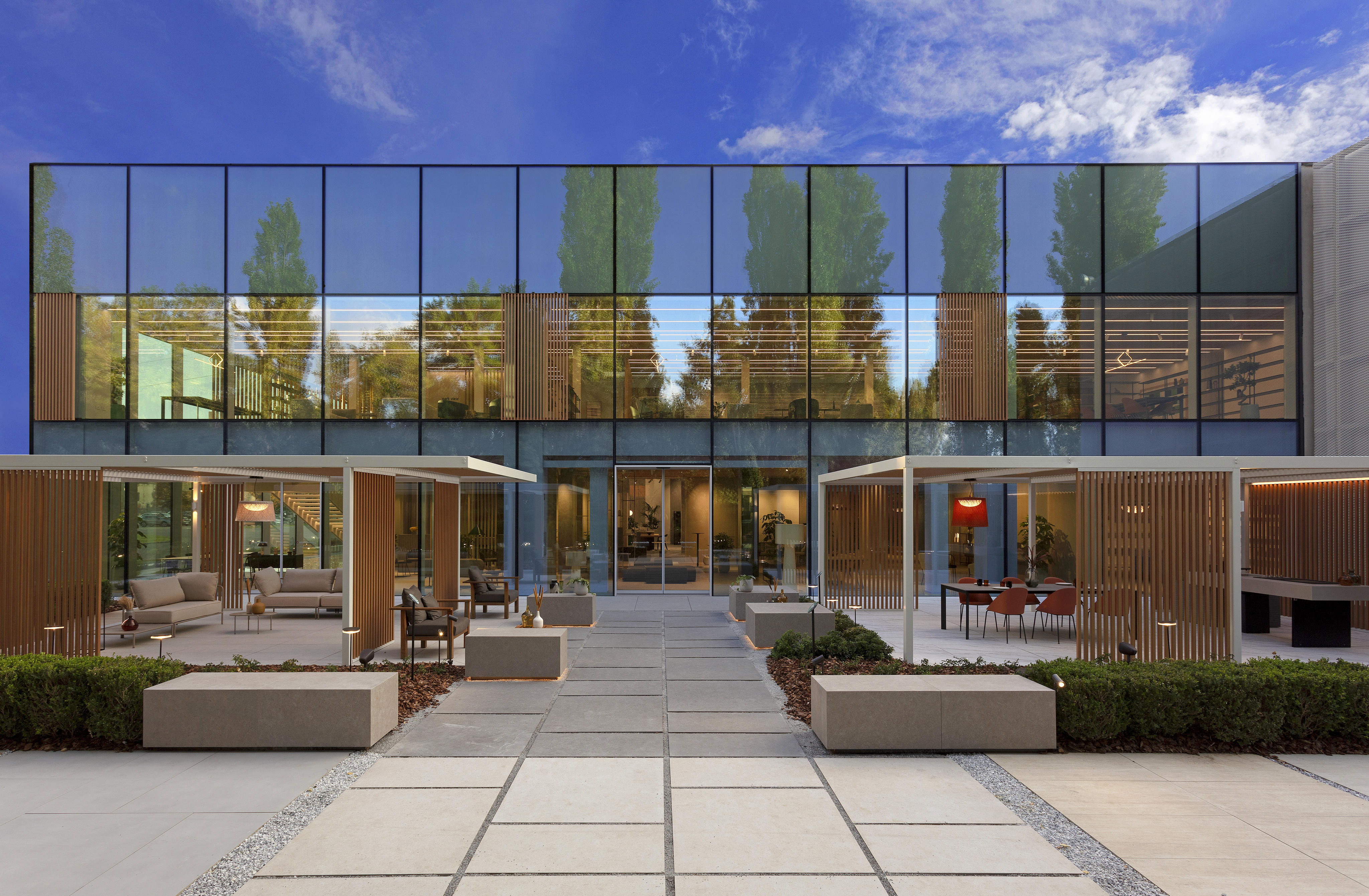





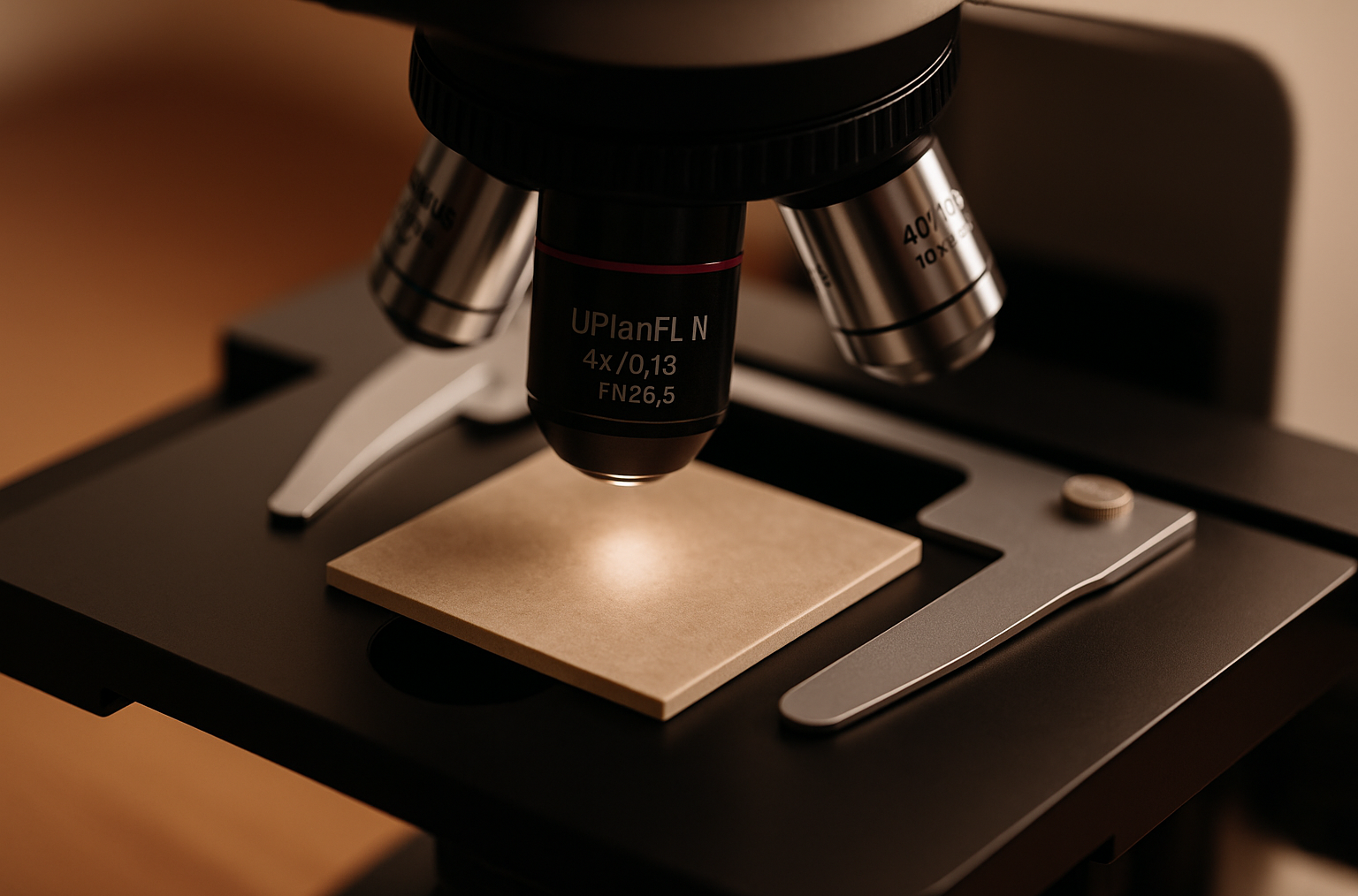

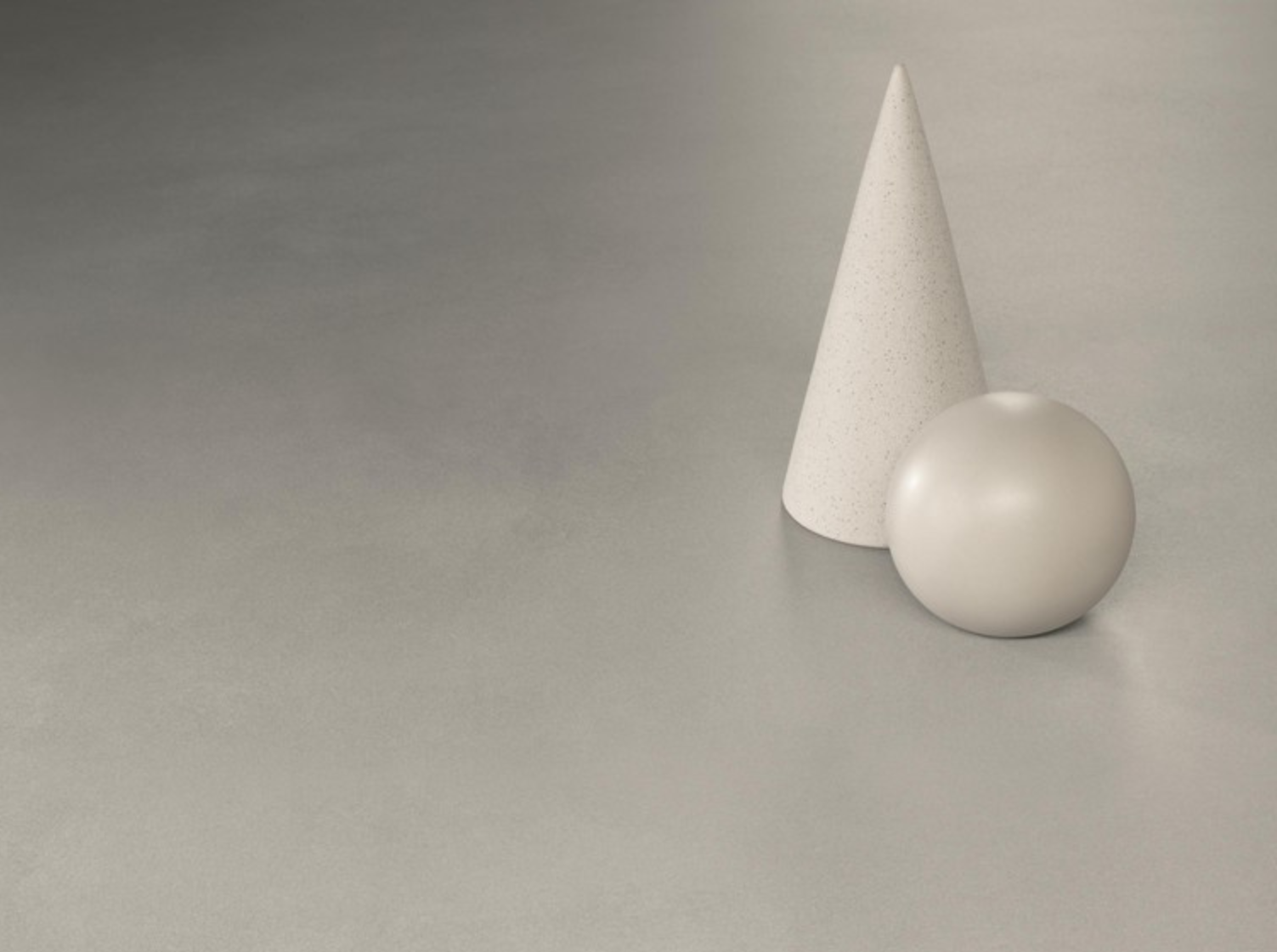
.tif?cropw=4036.303976681241&croph=2705.4159900062464&cropx=59.69602331875912&cropy=25.584009993753906&cropmode=pixel&quality=75#)
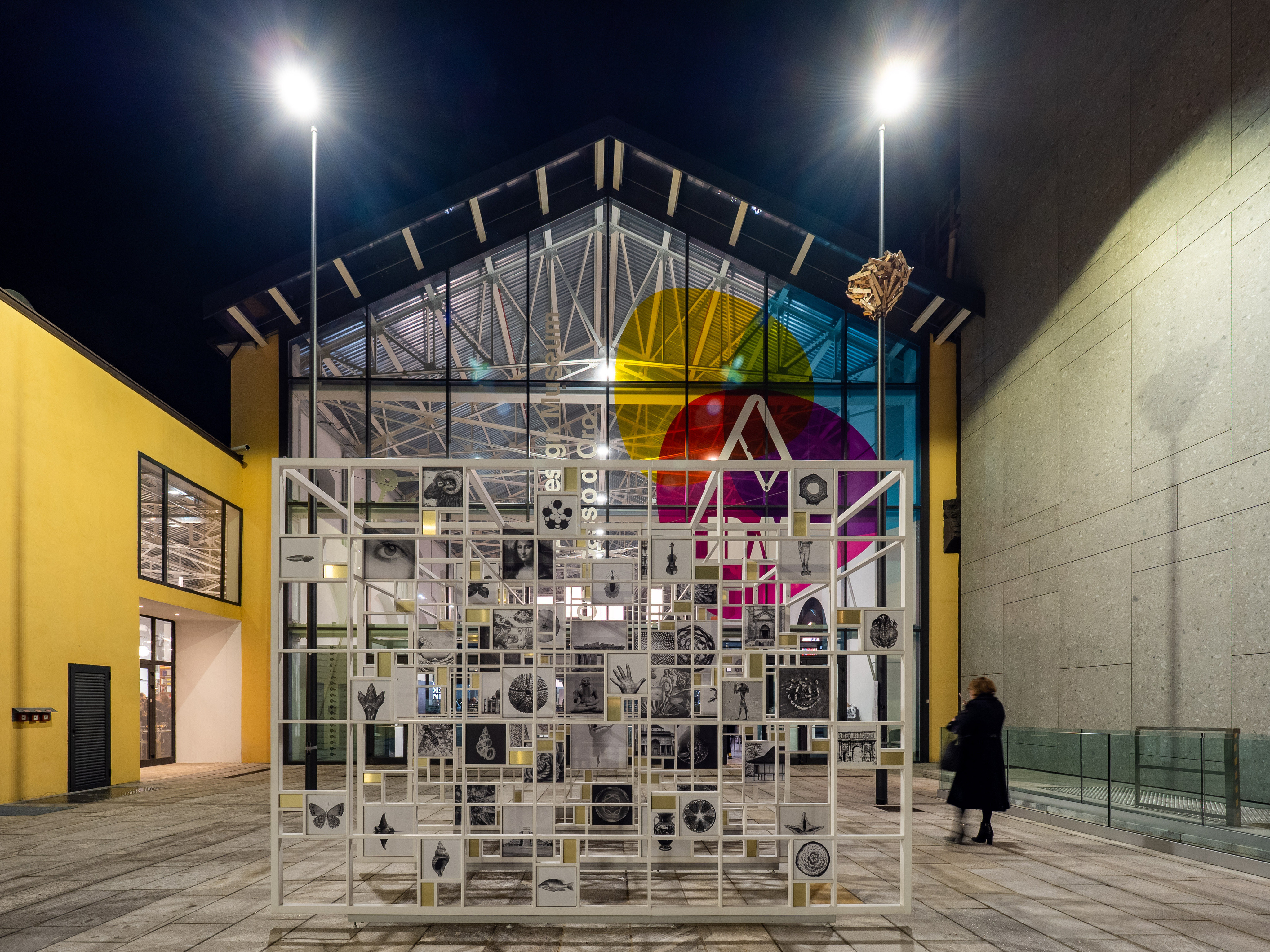.jpg?cropw=4096&croph=2978.1919633562356&cropx=0&cropy=93.80803664376384&cropmode=pixel&quality=75#)

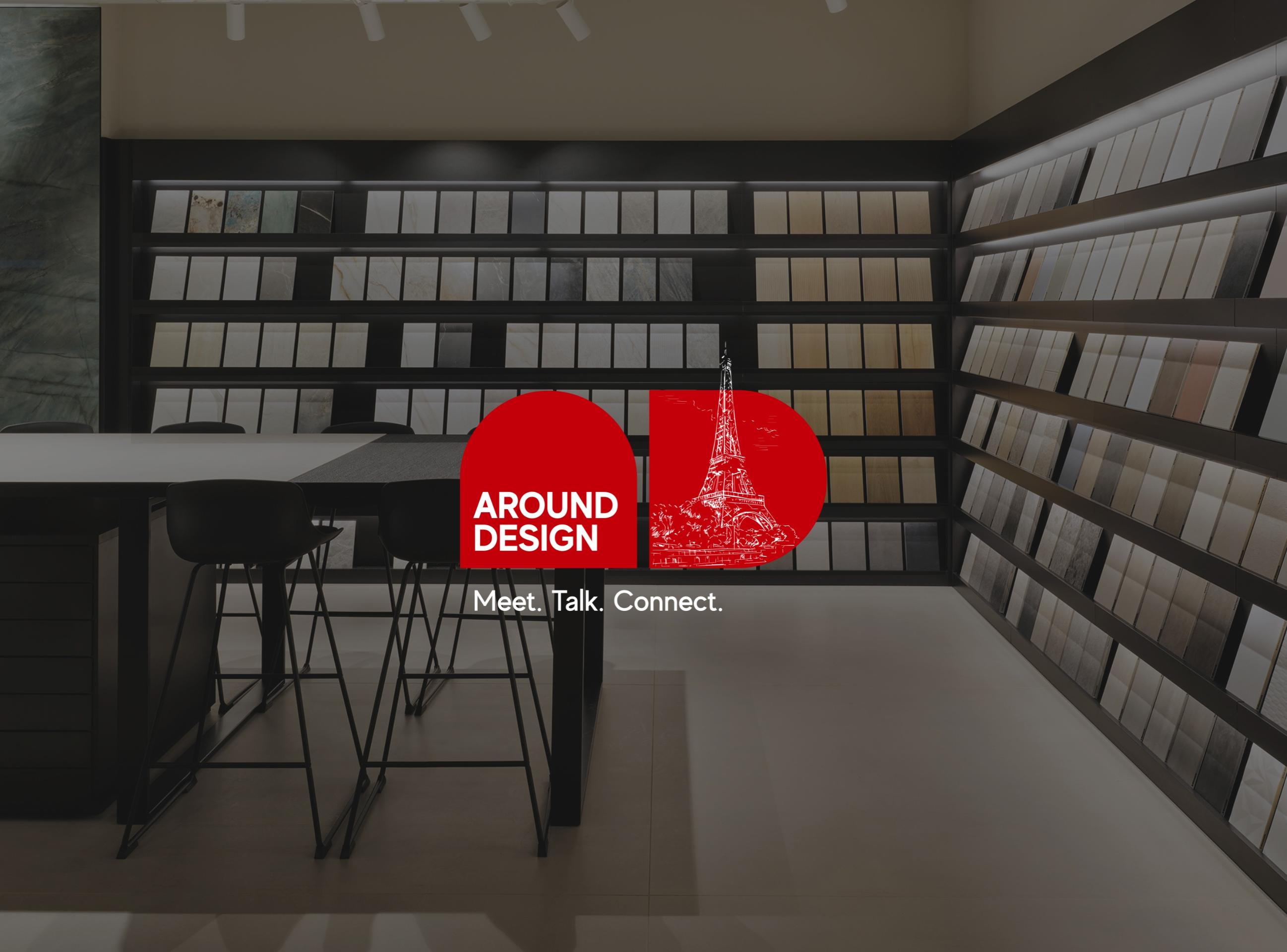
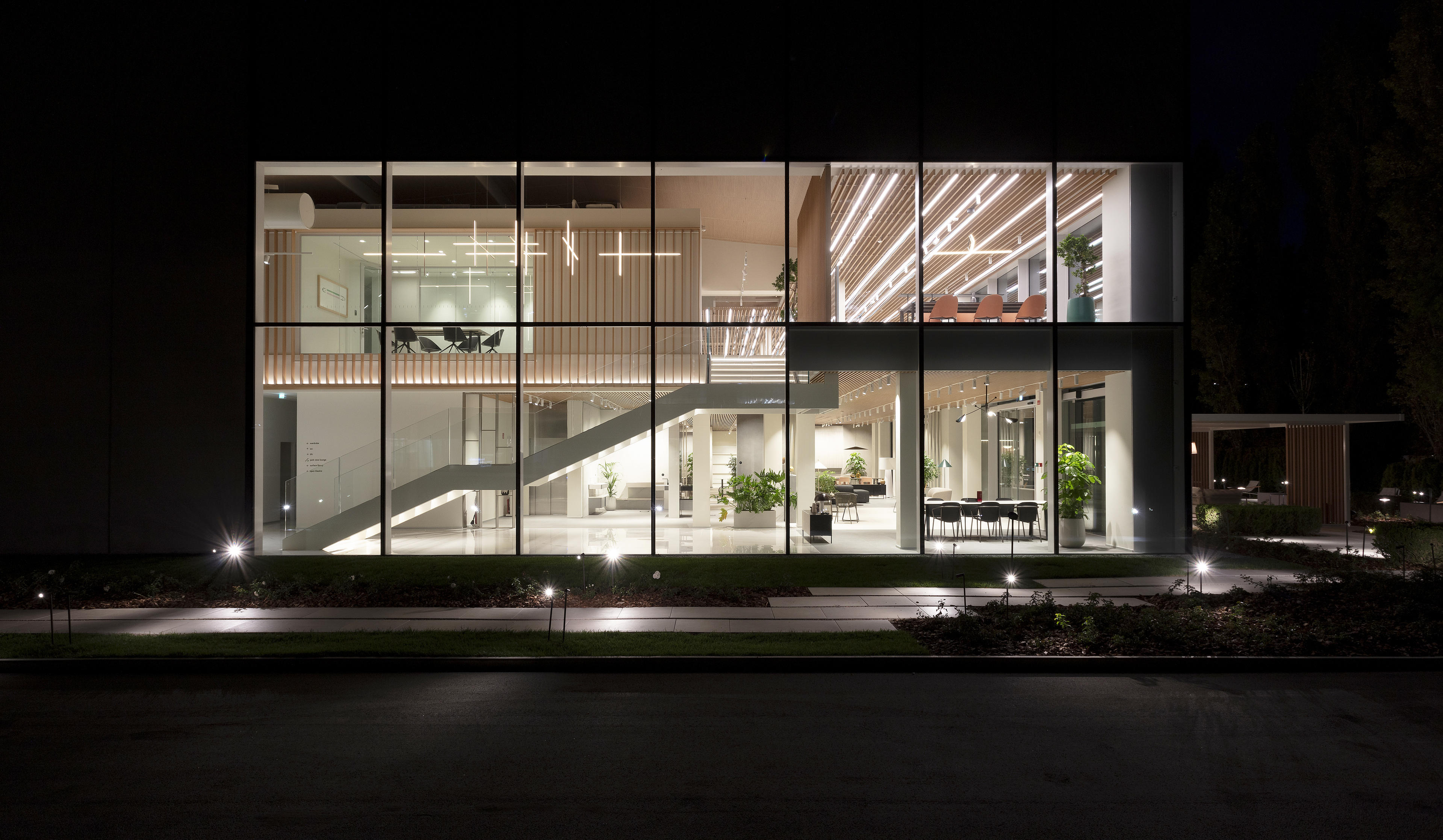
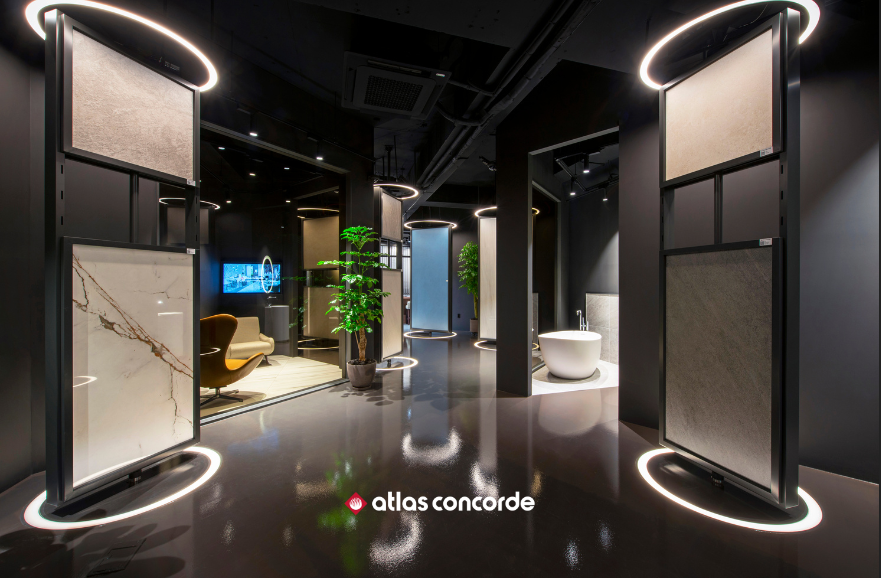
.jpg?cropw=4096&croph=2304&cropx=0&cropy=215.39045431878446&cropmode=pixel&quality=75#)

